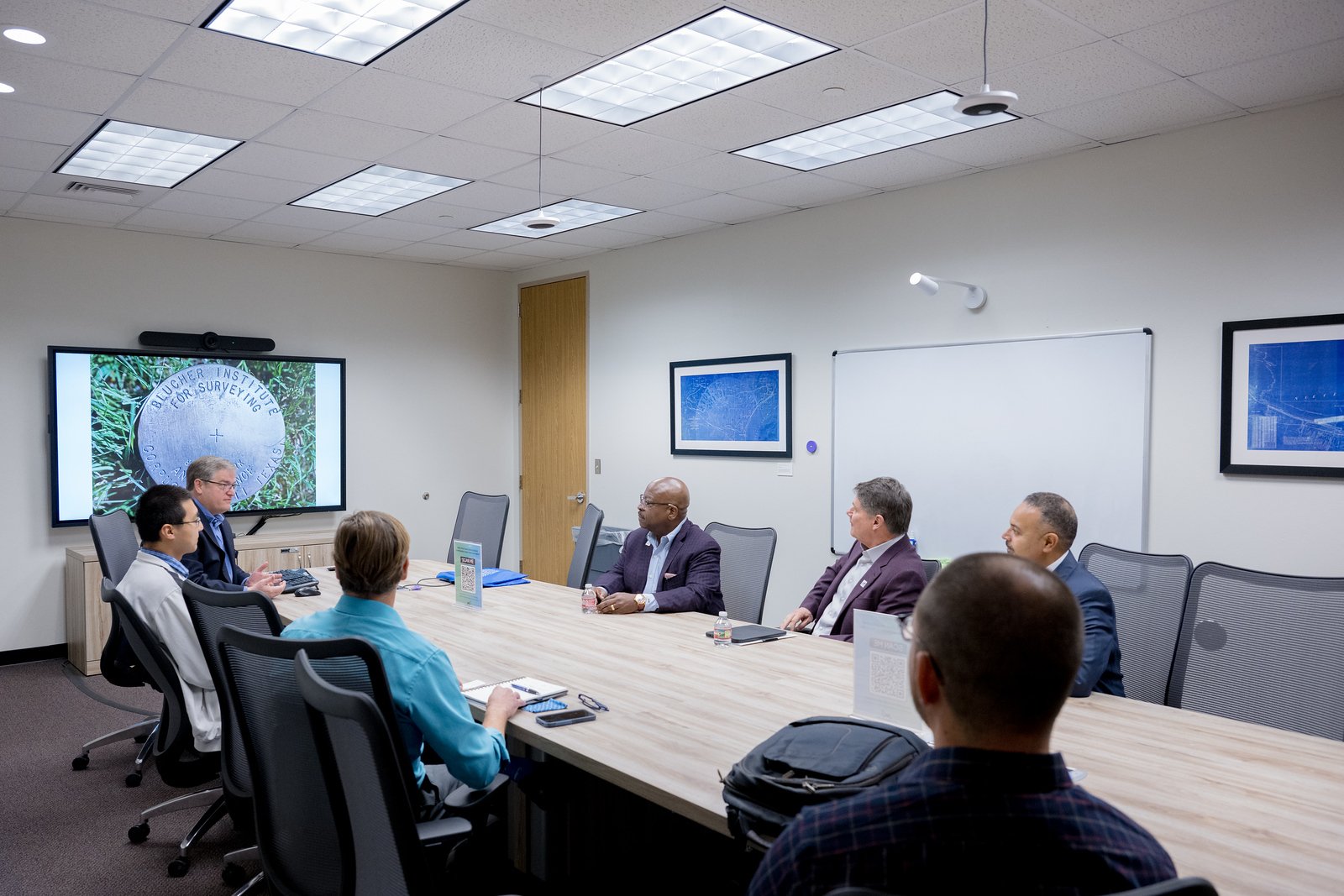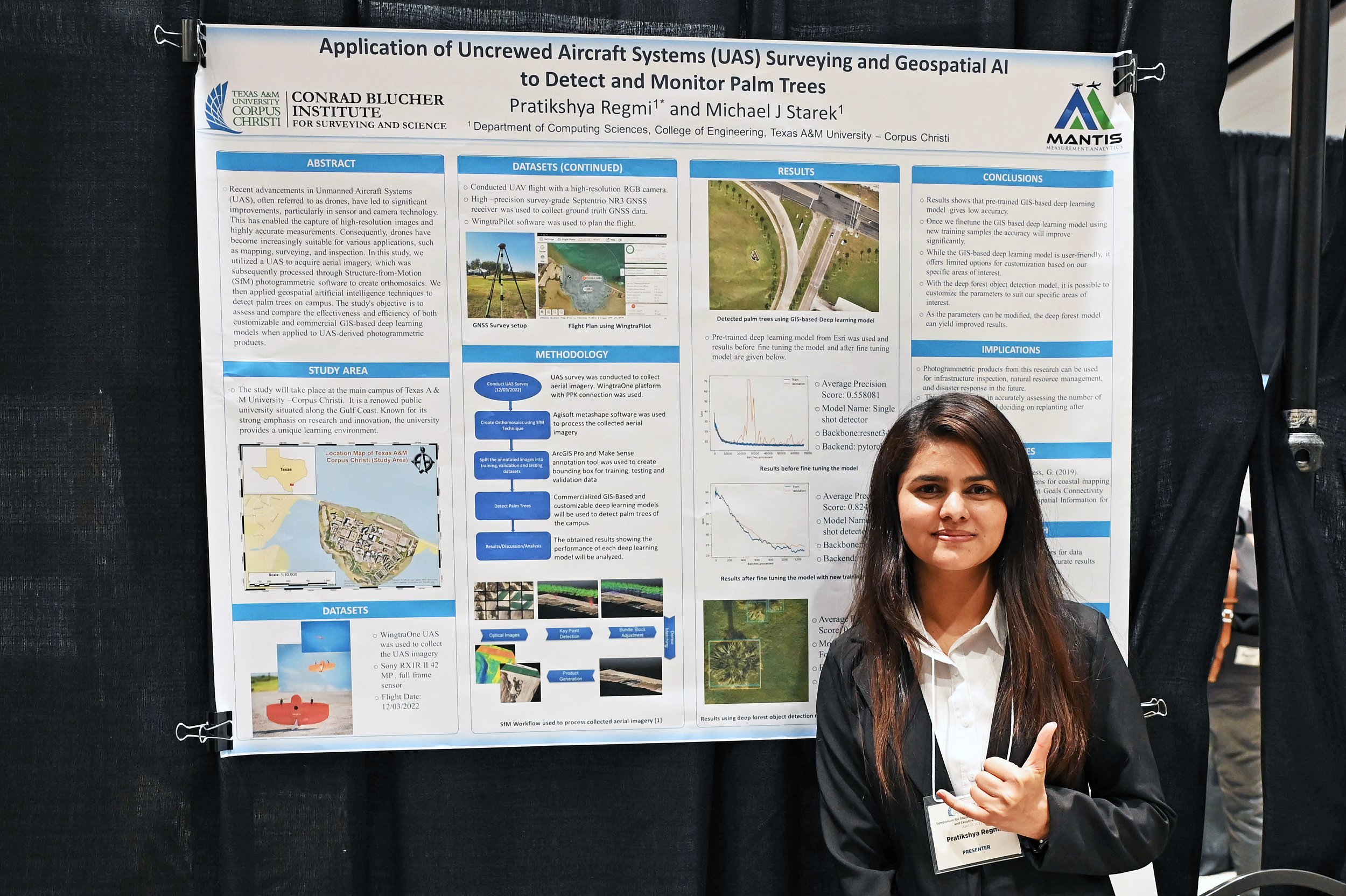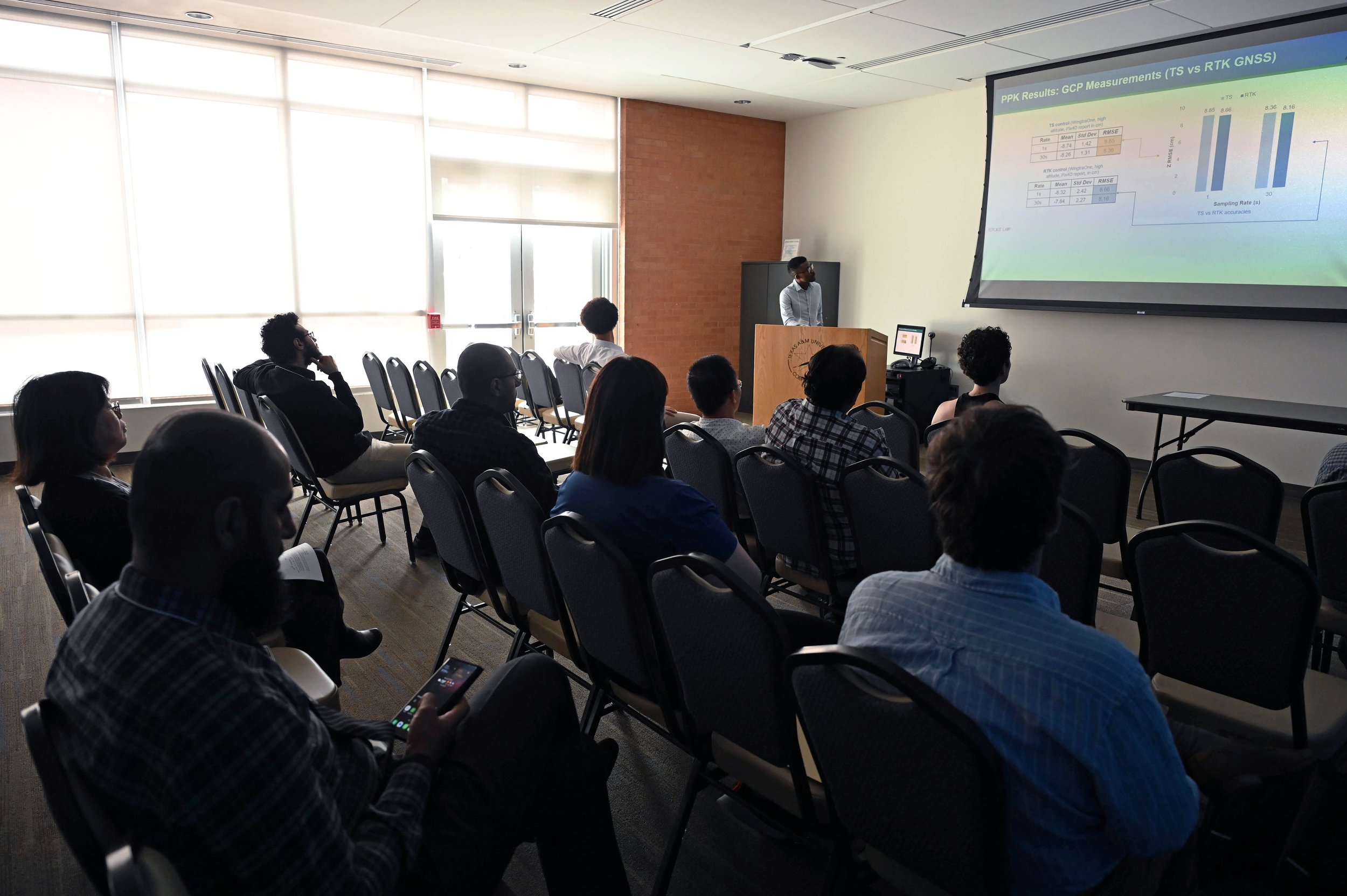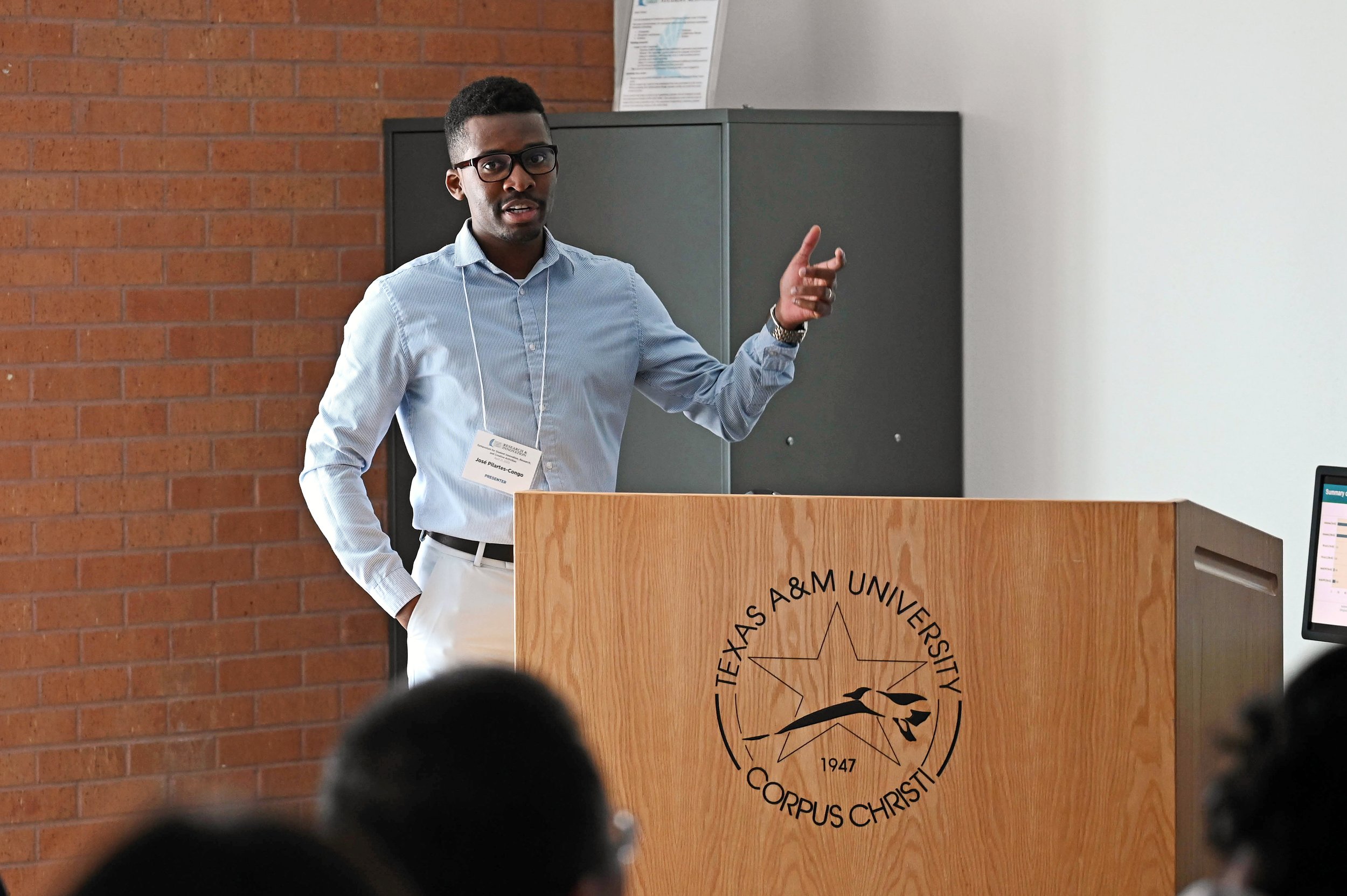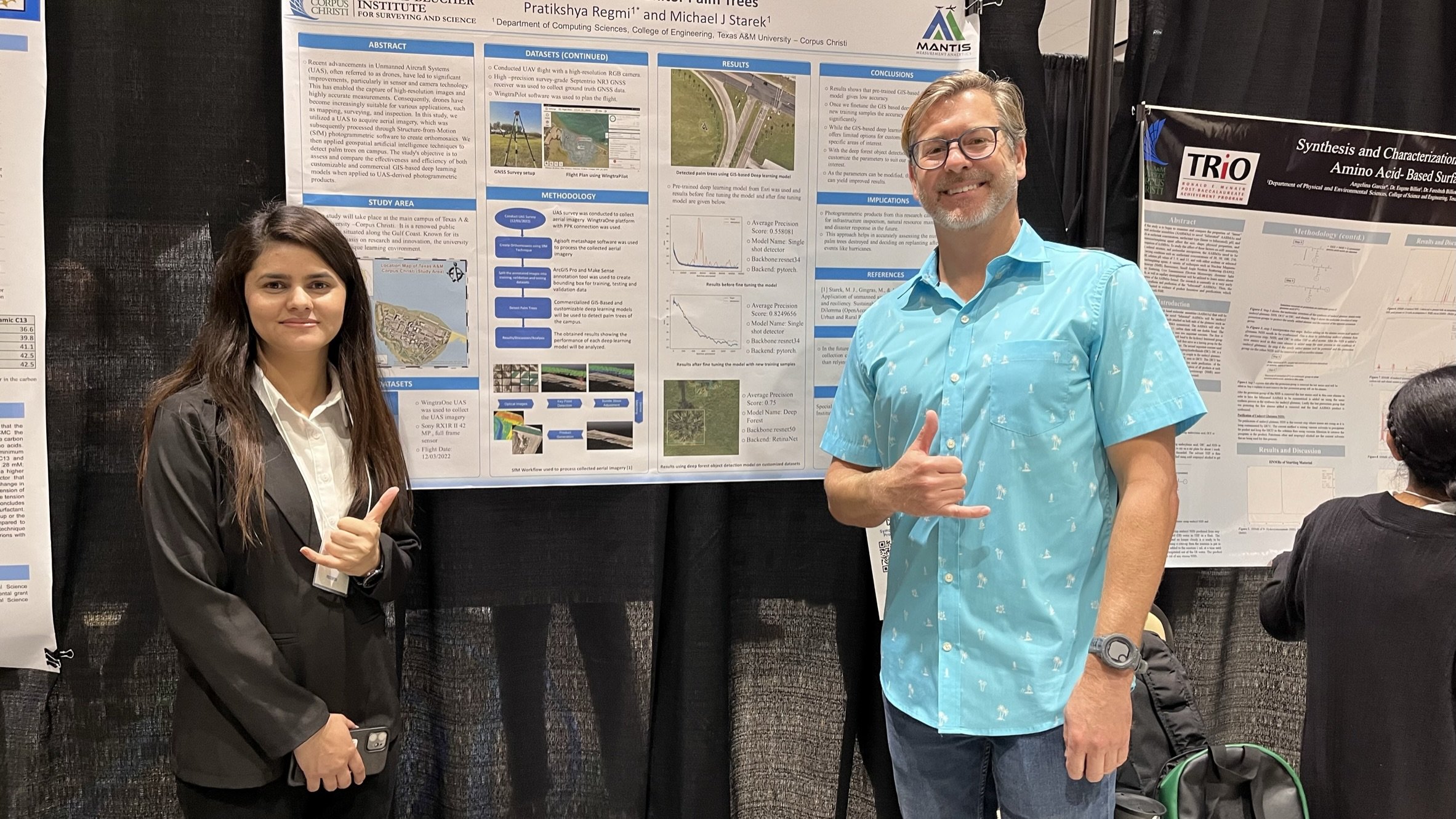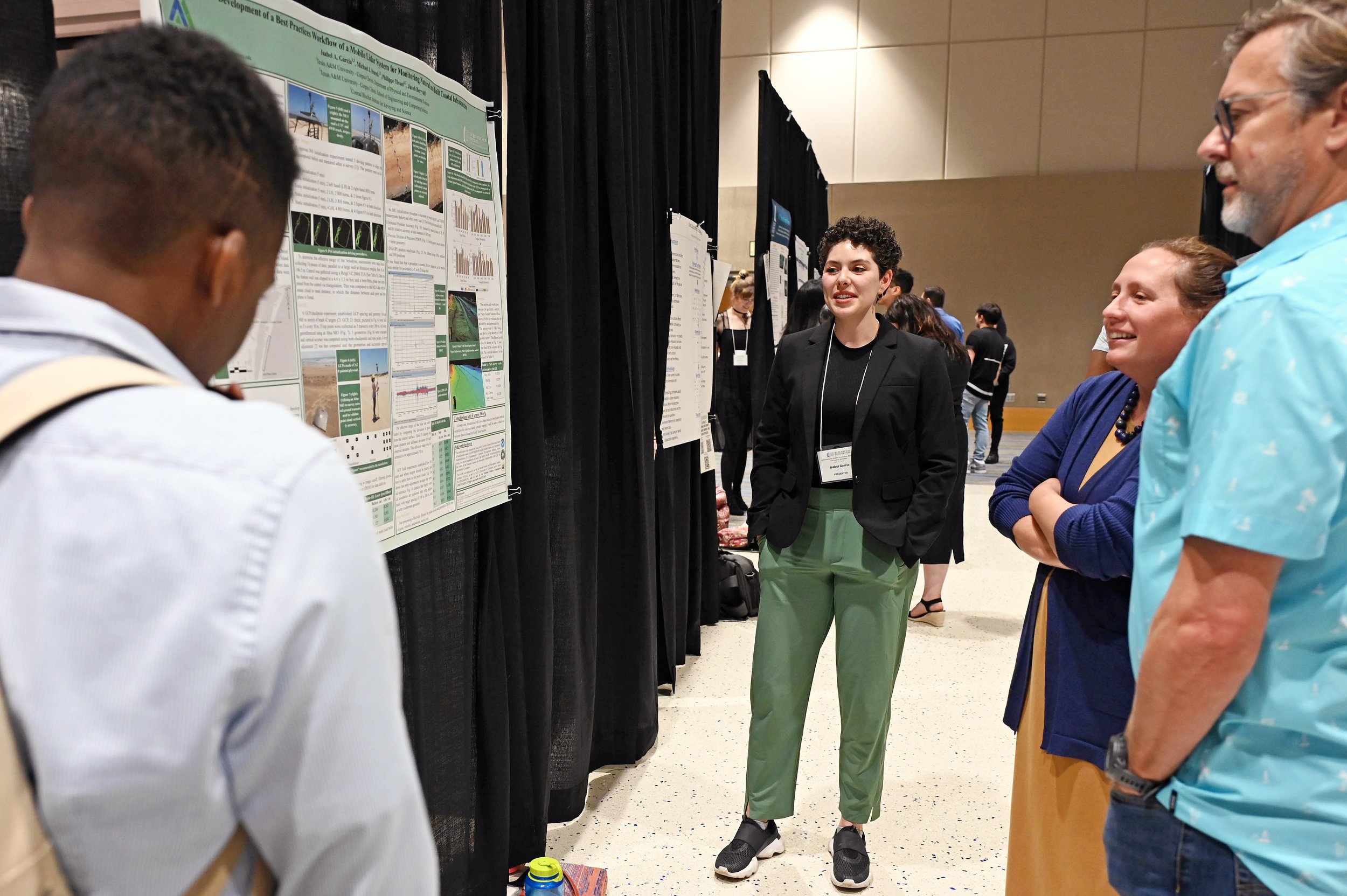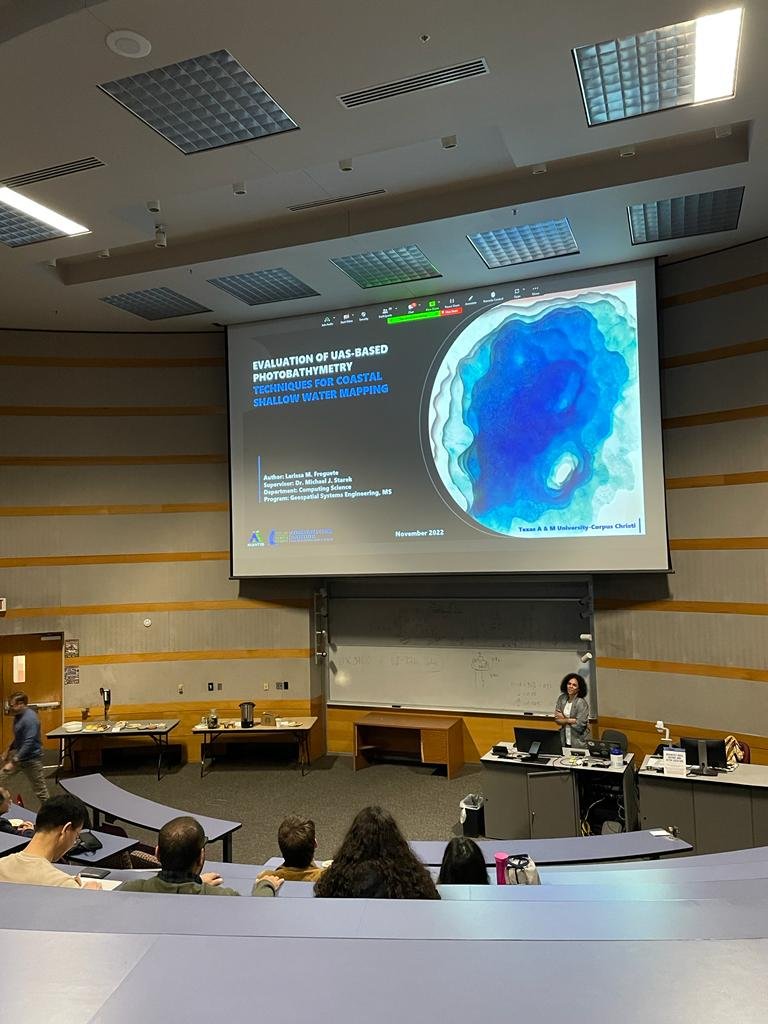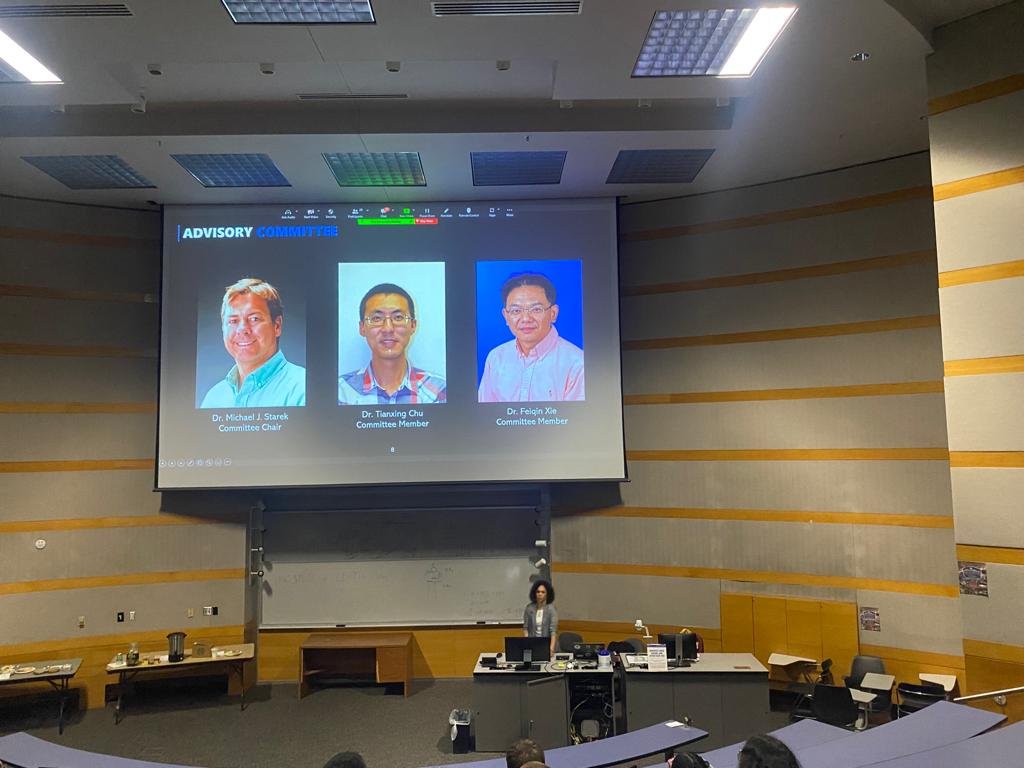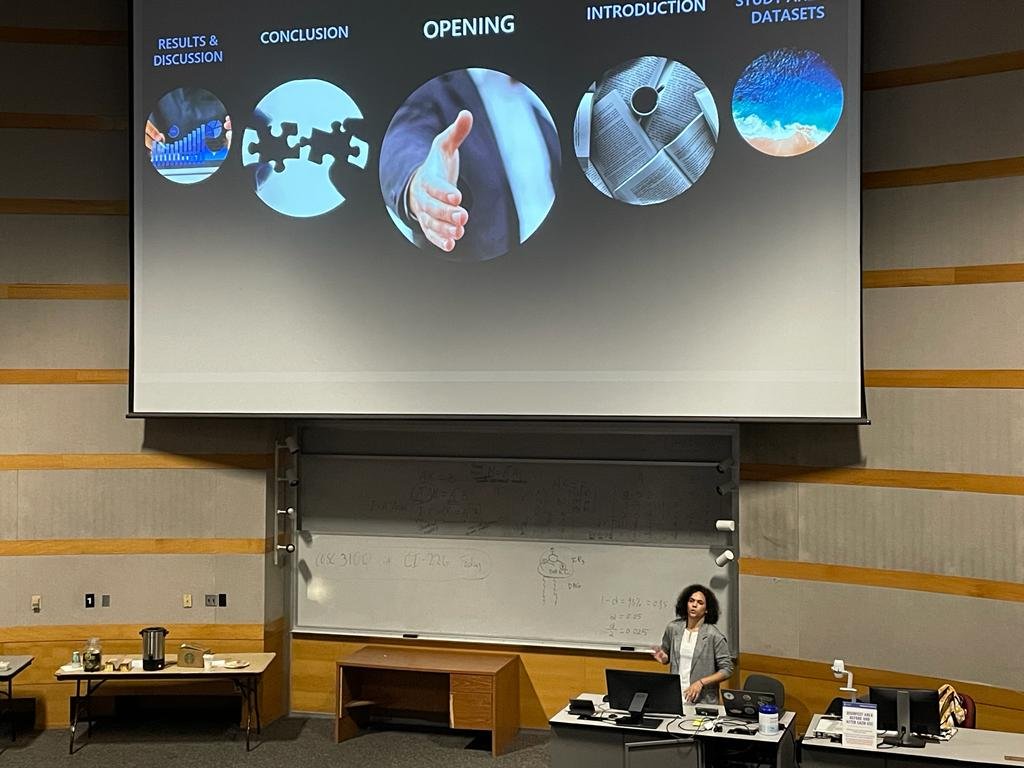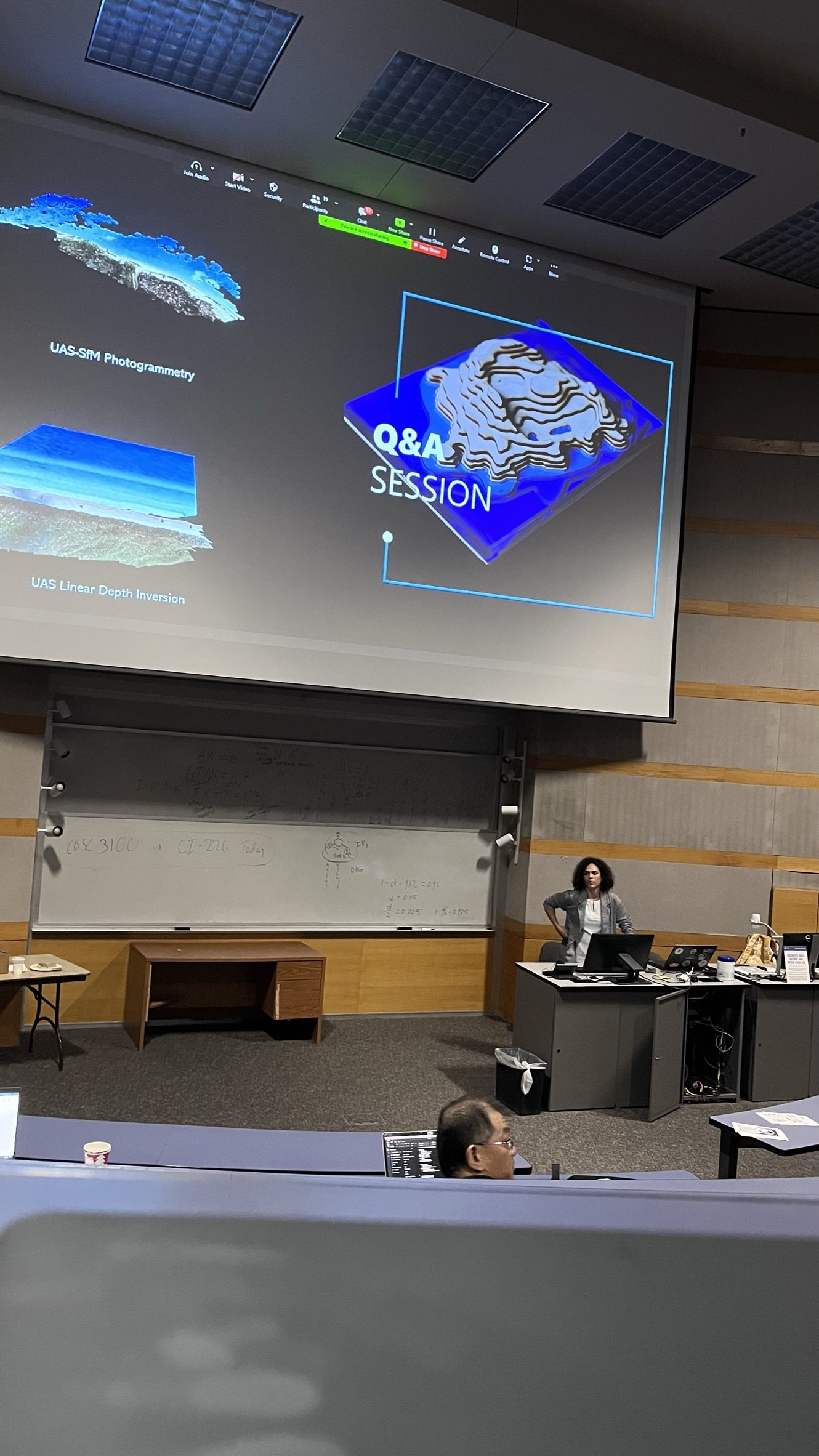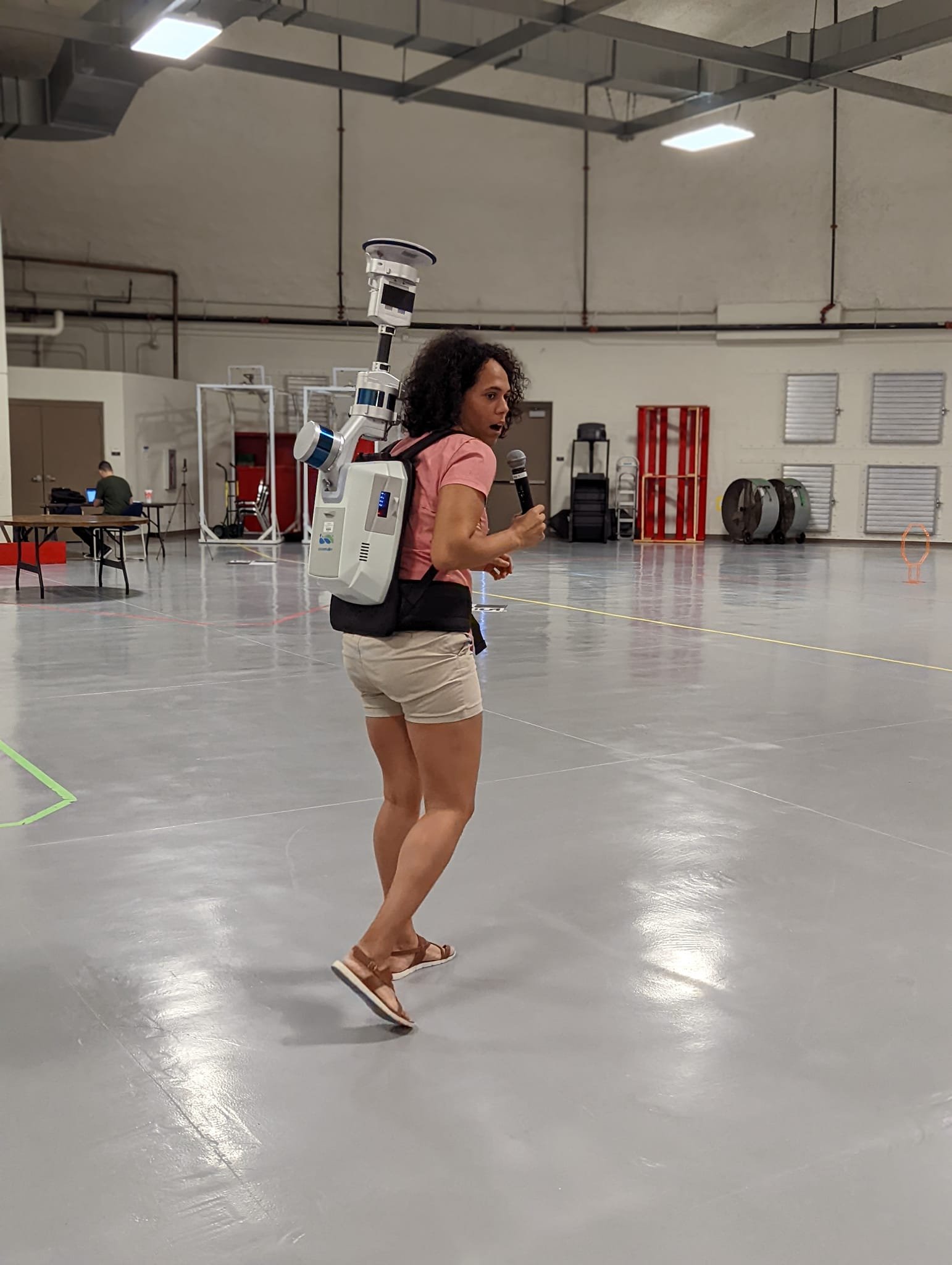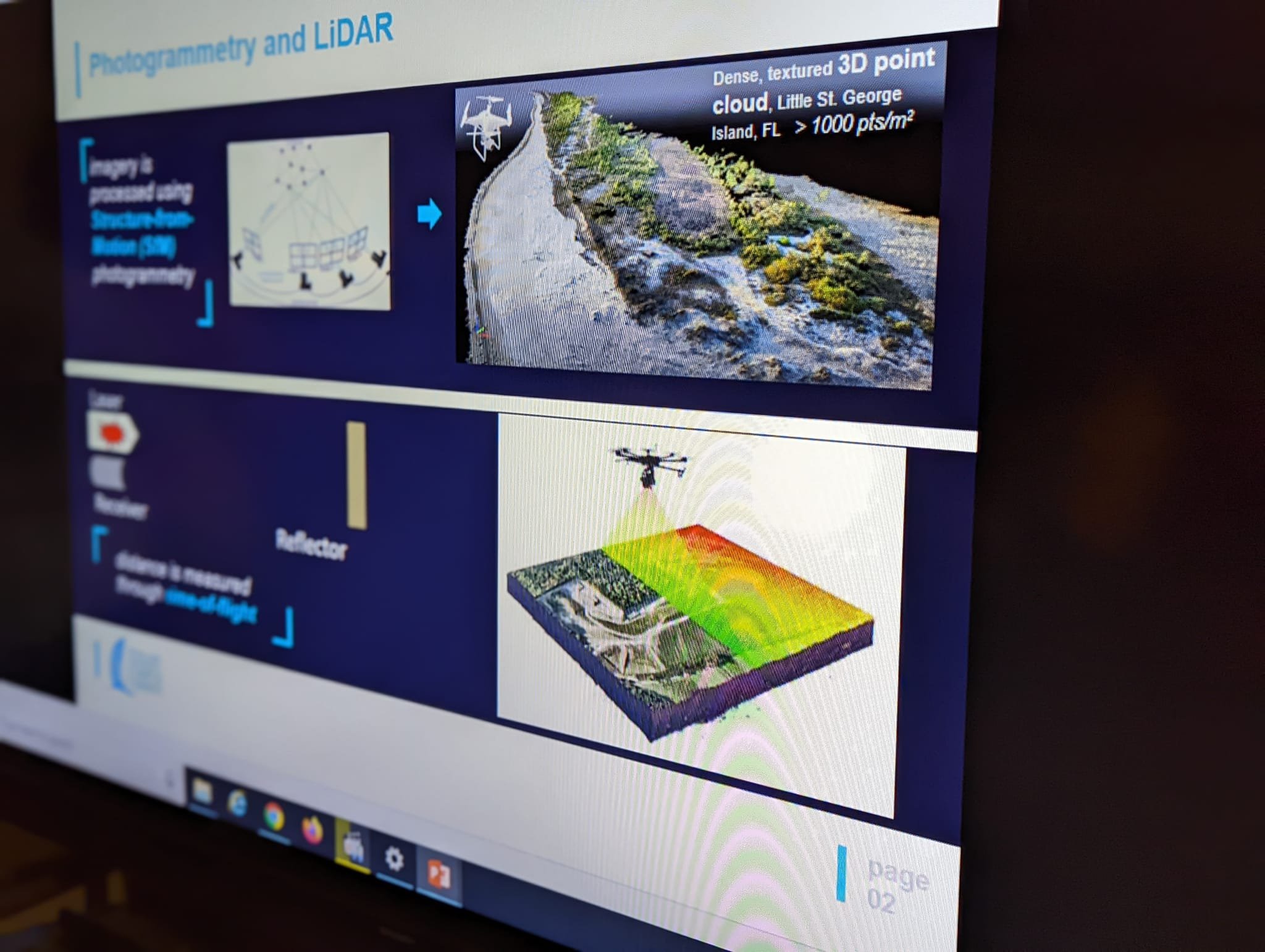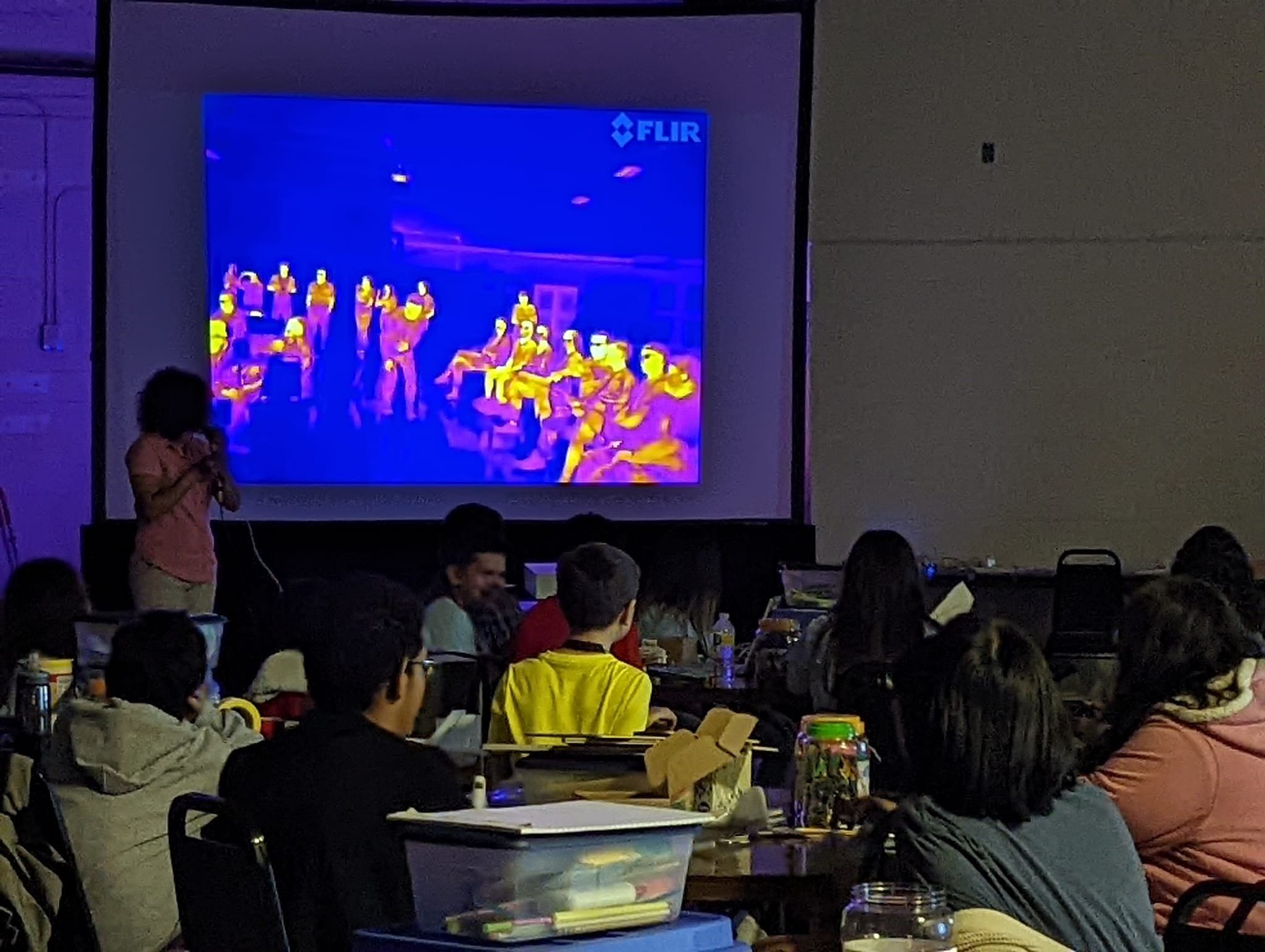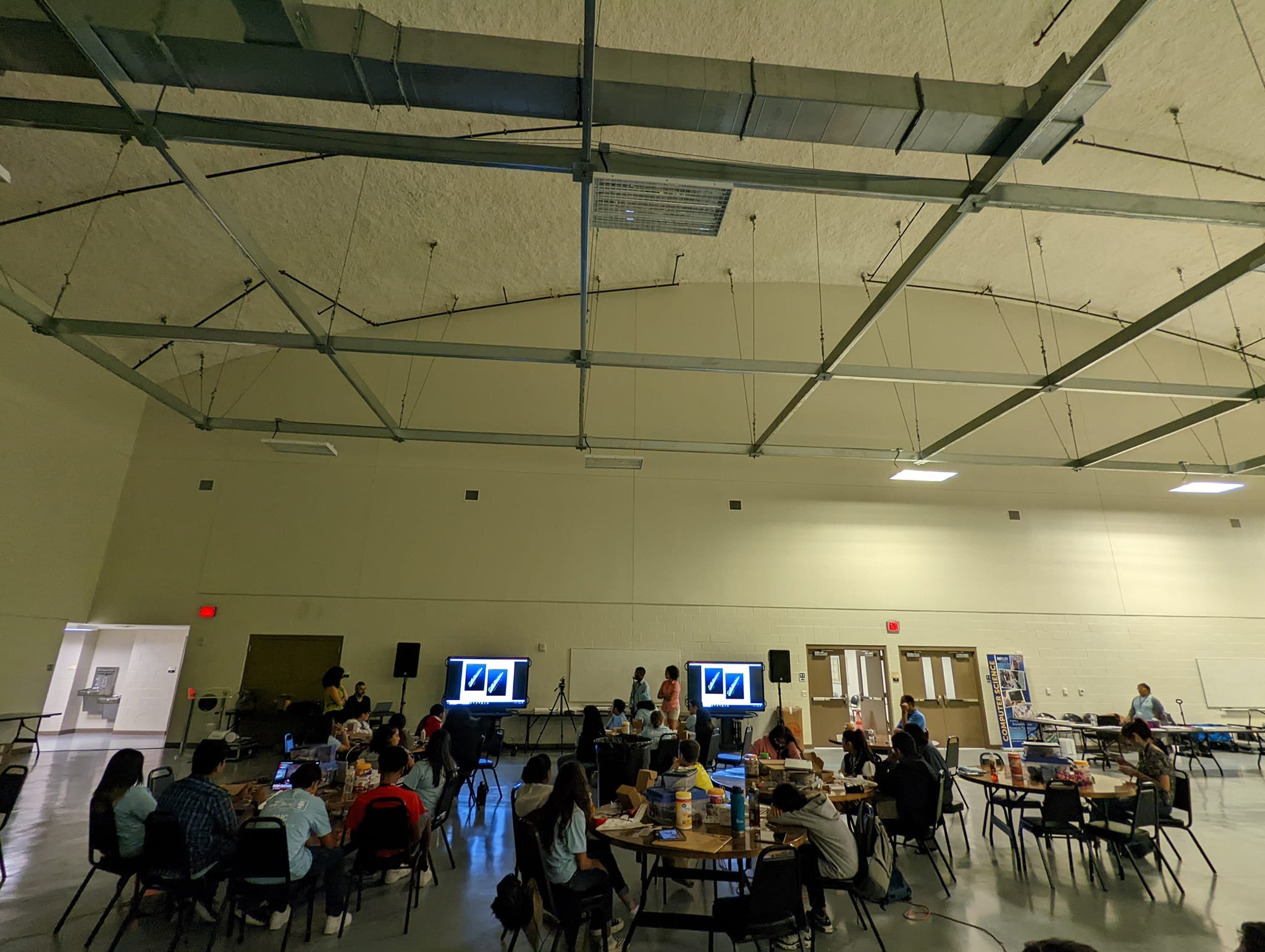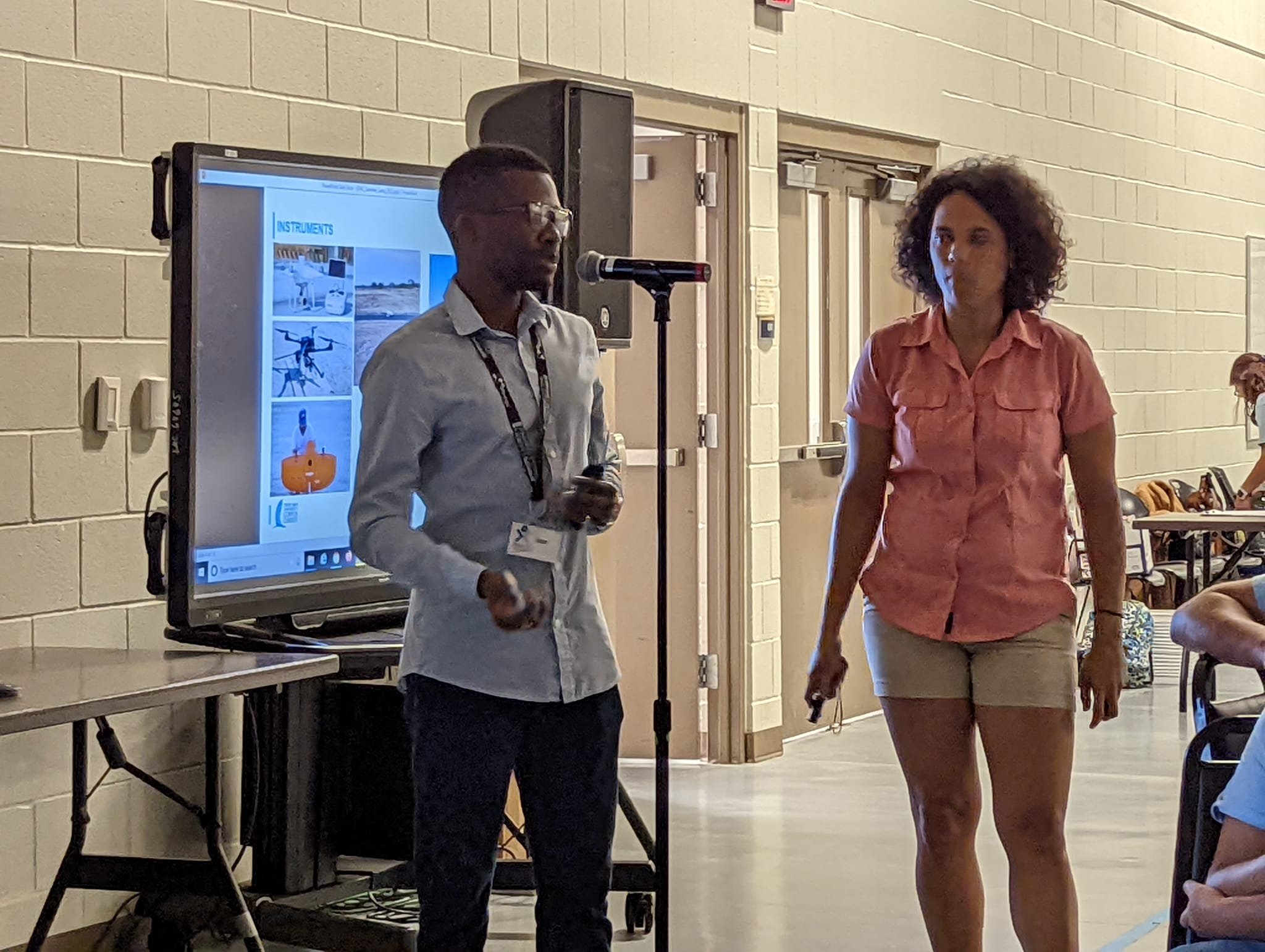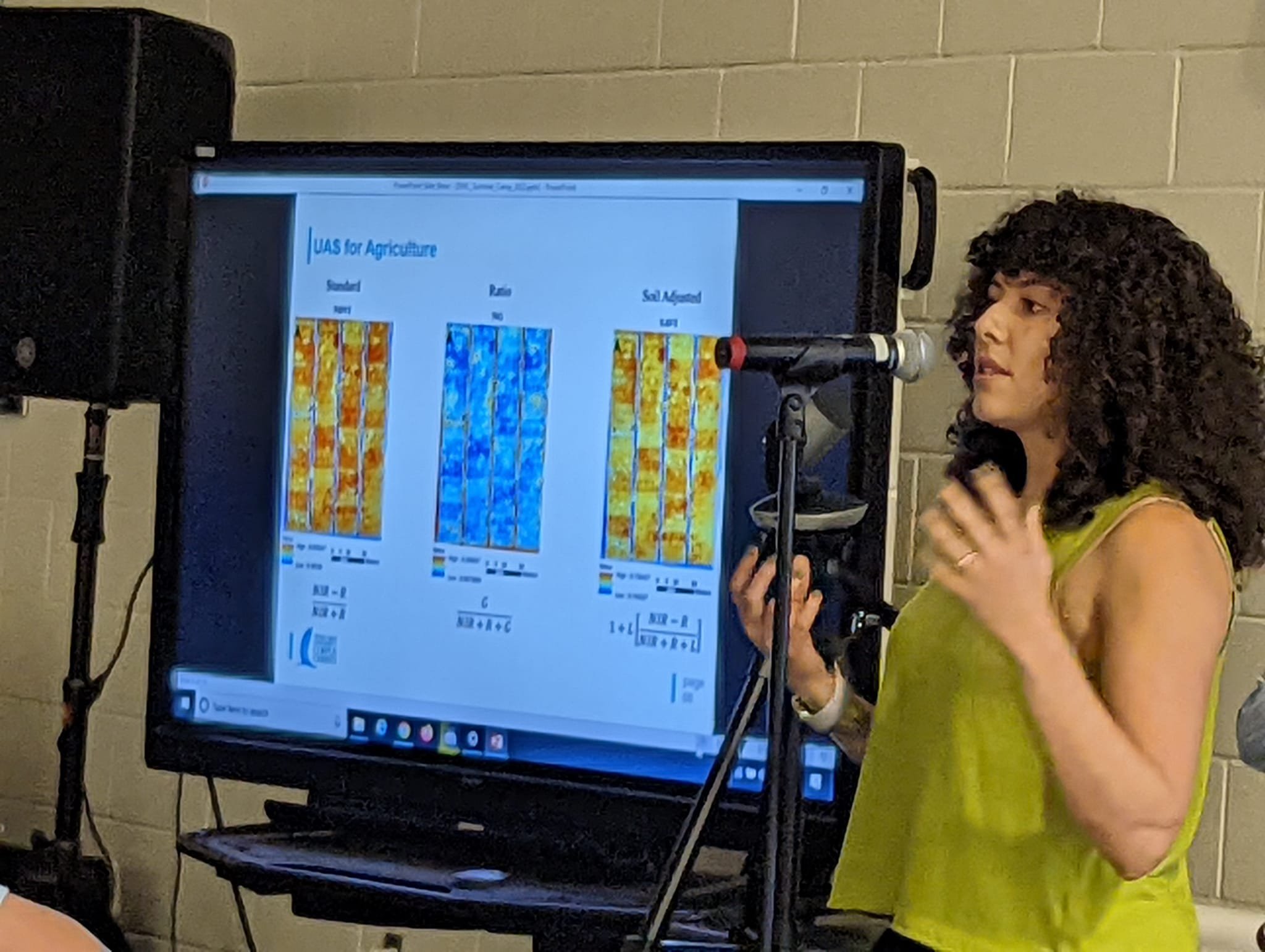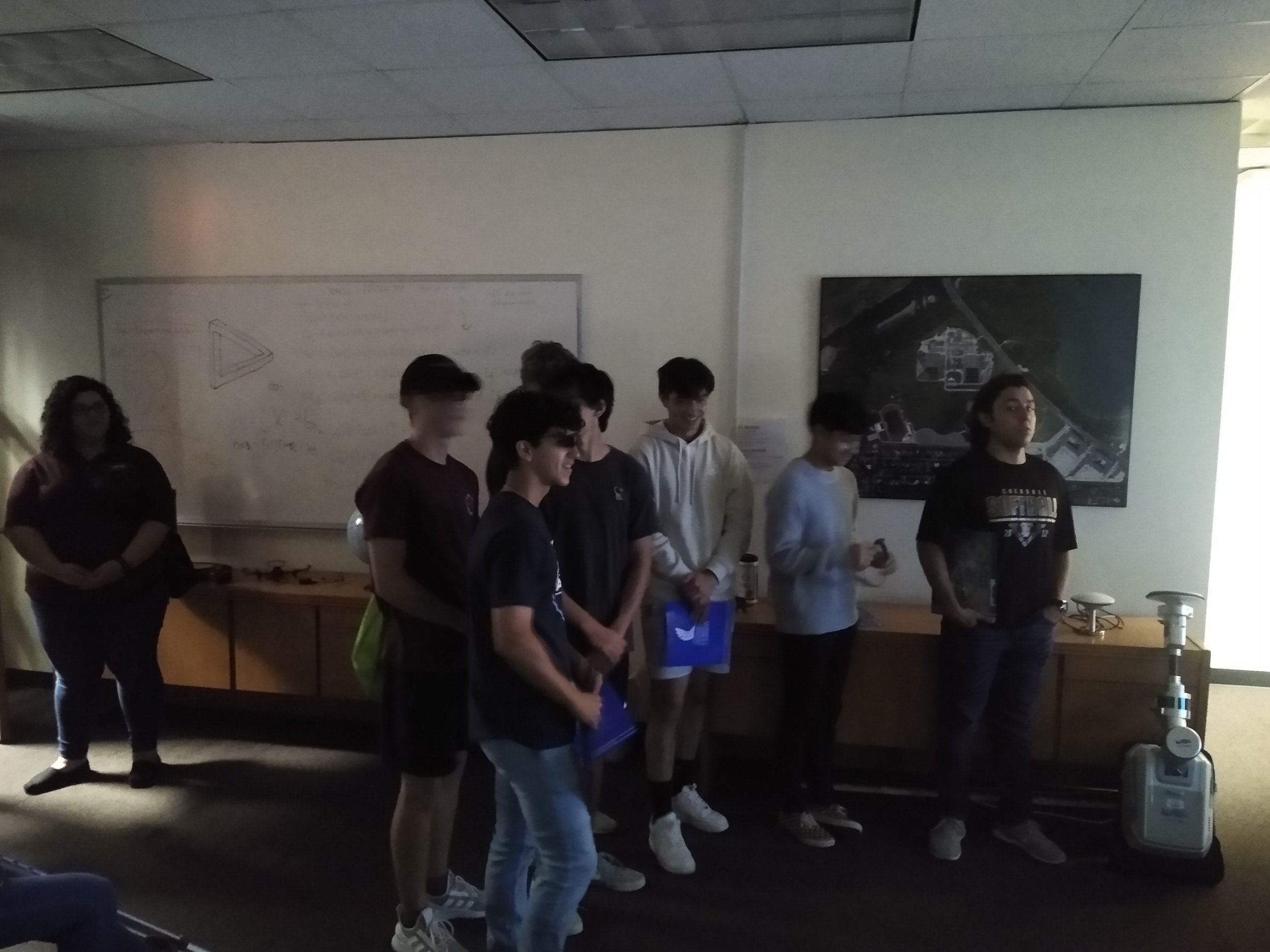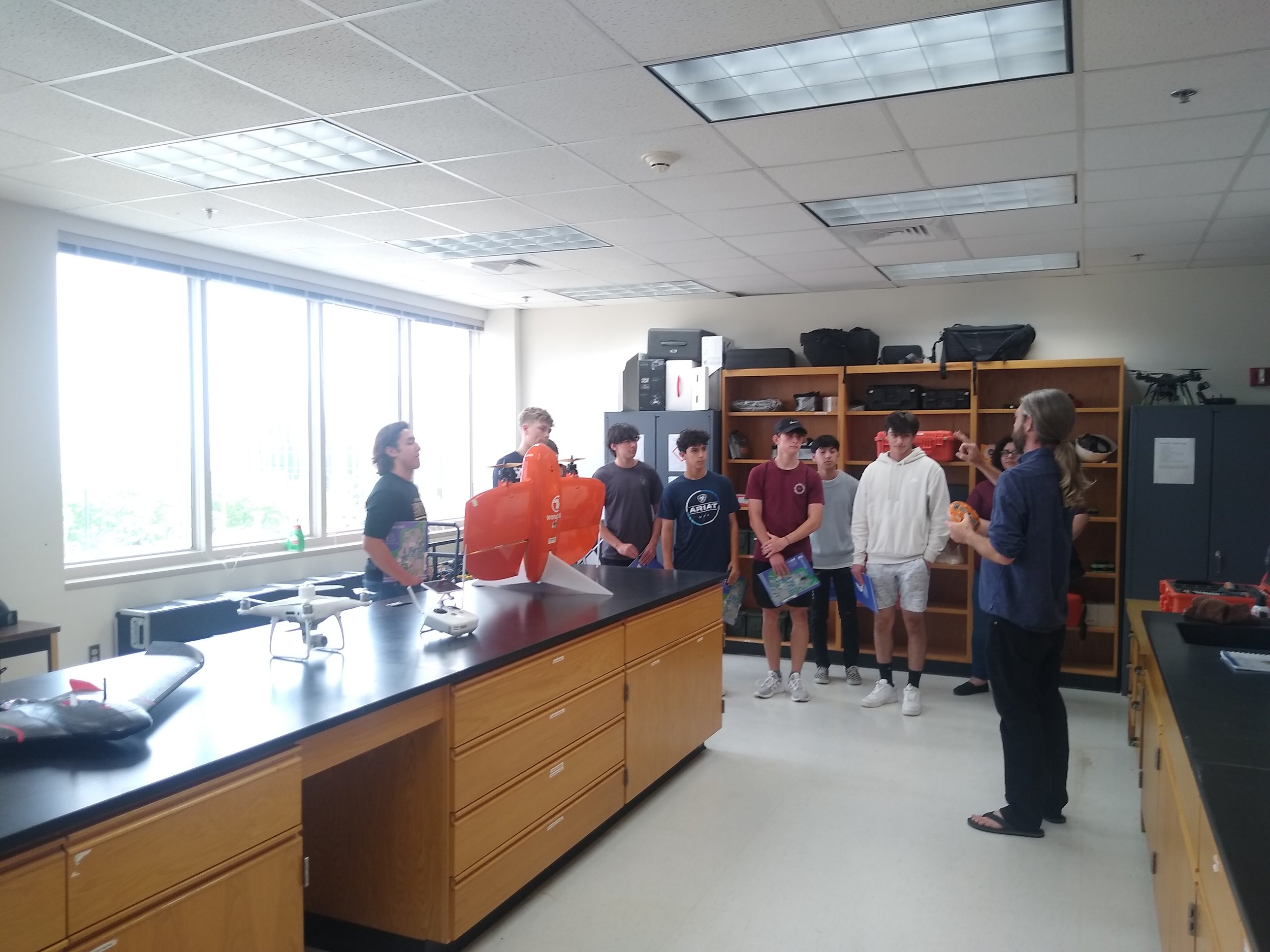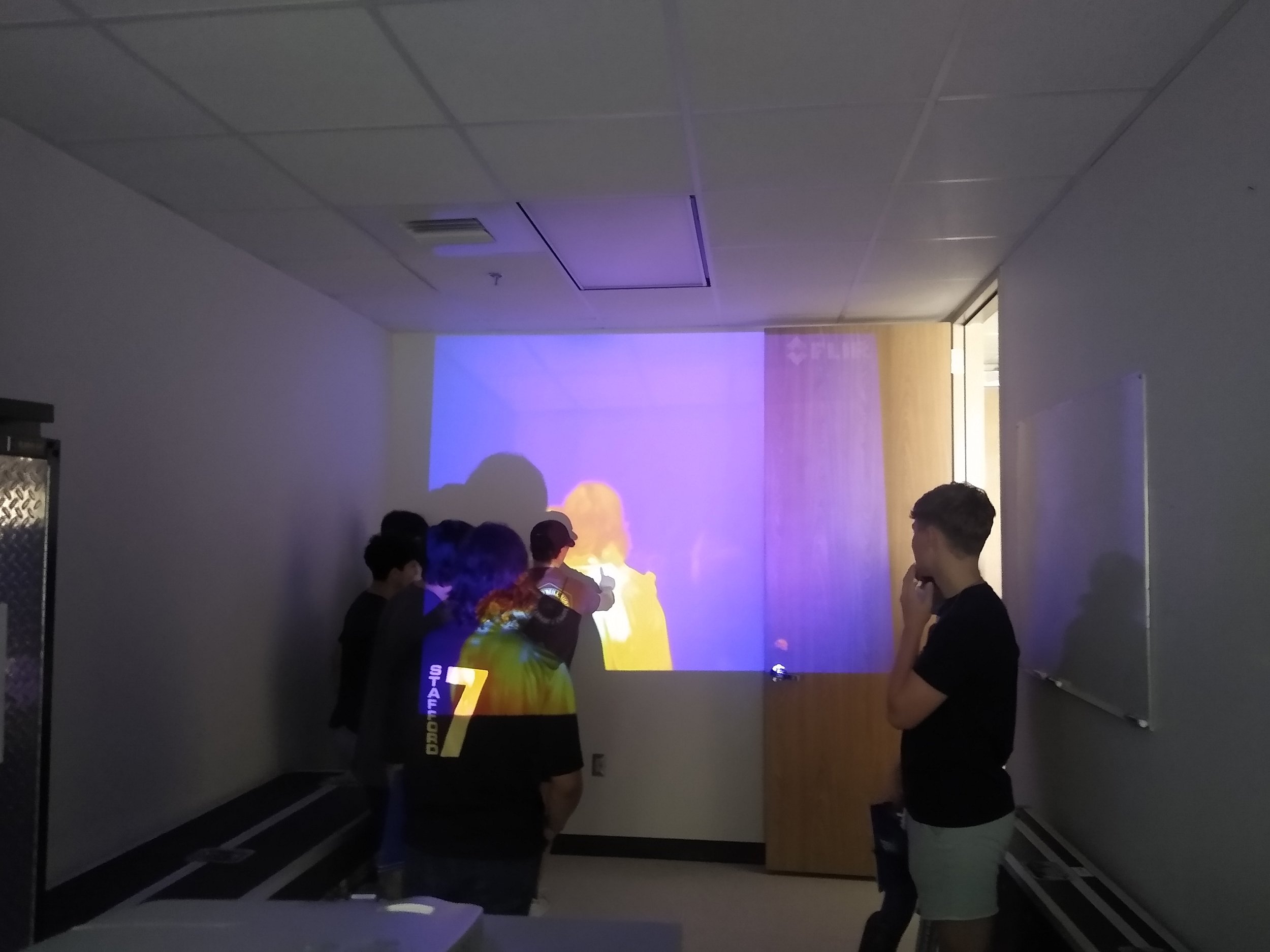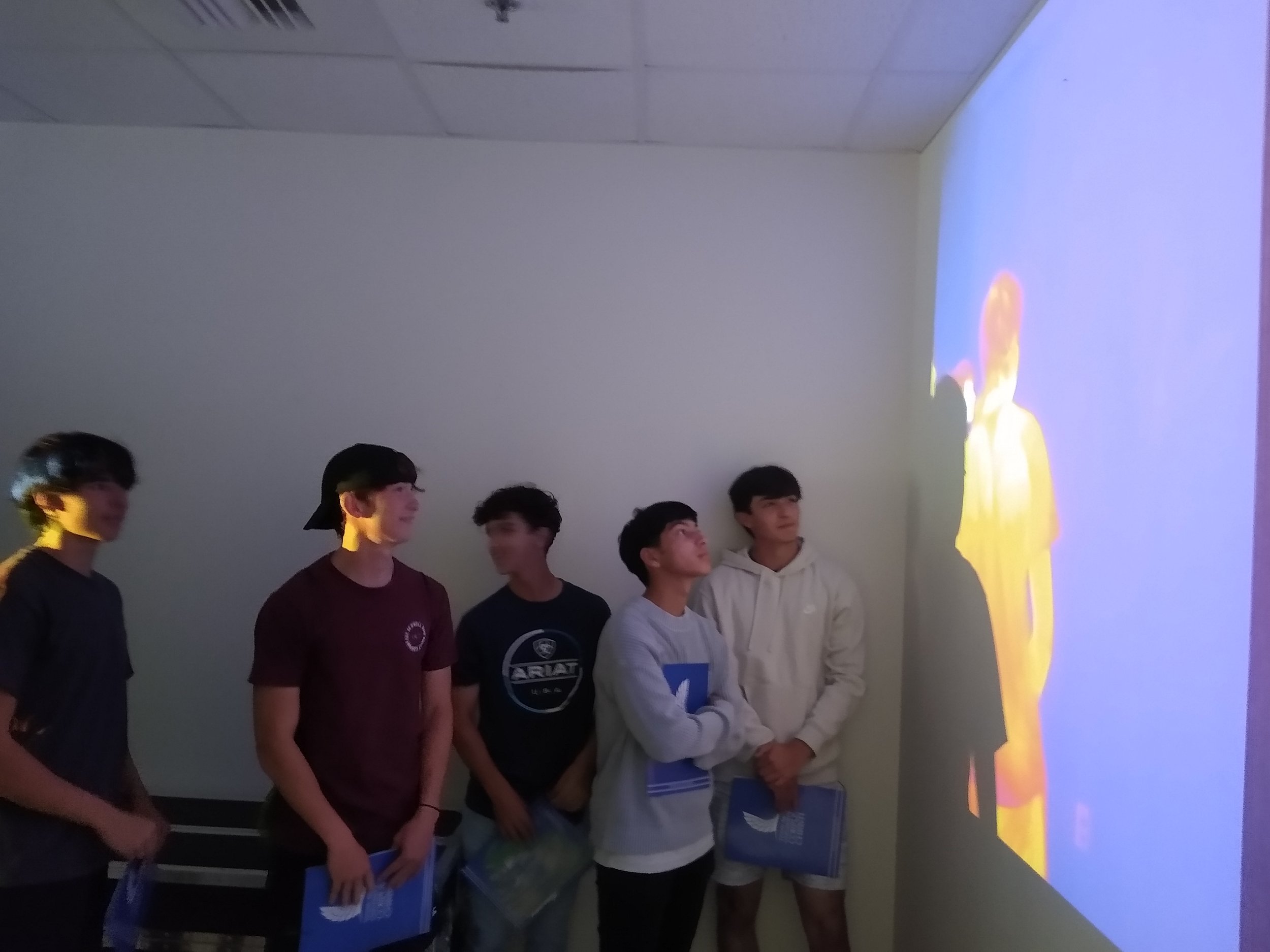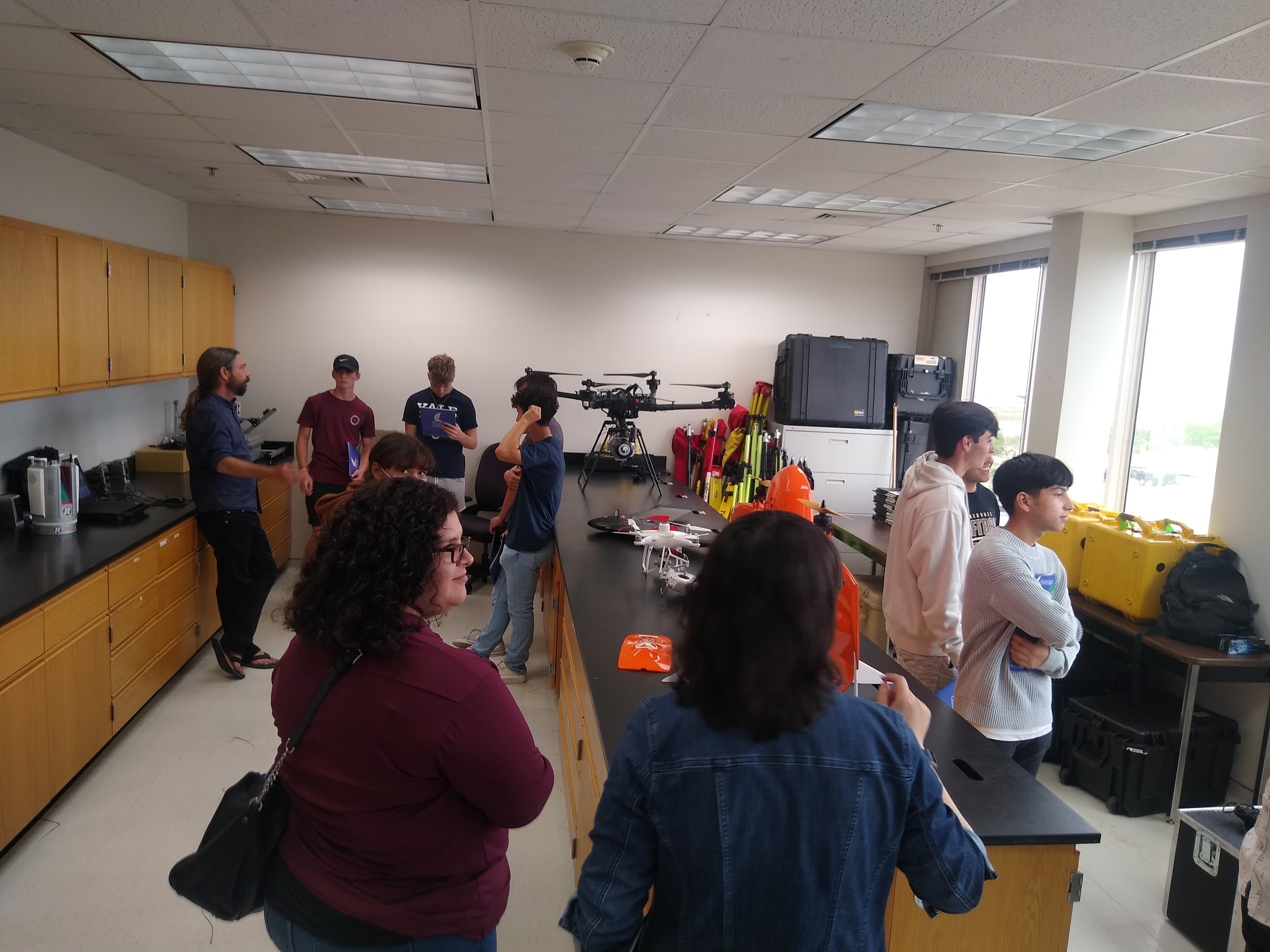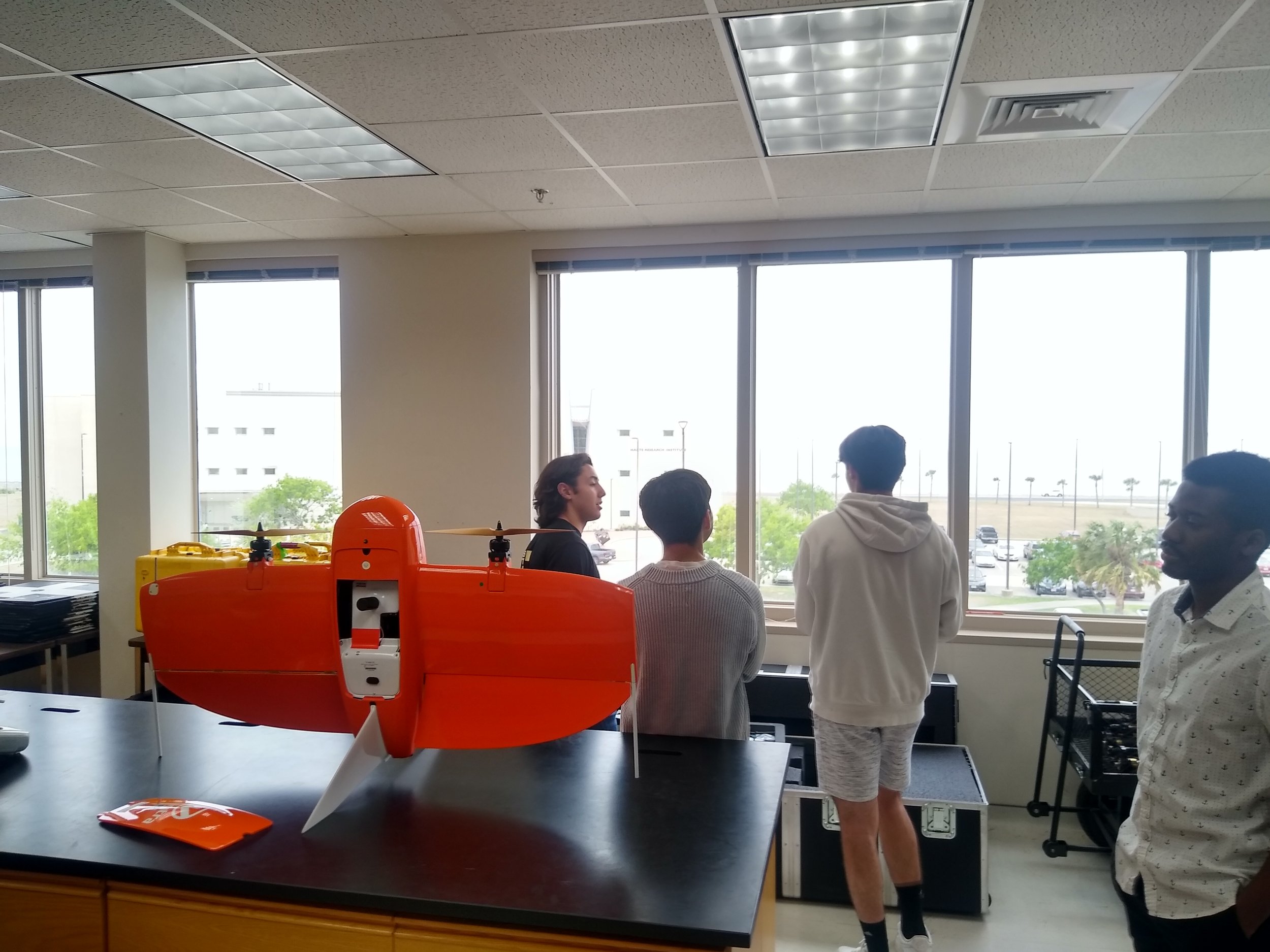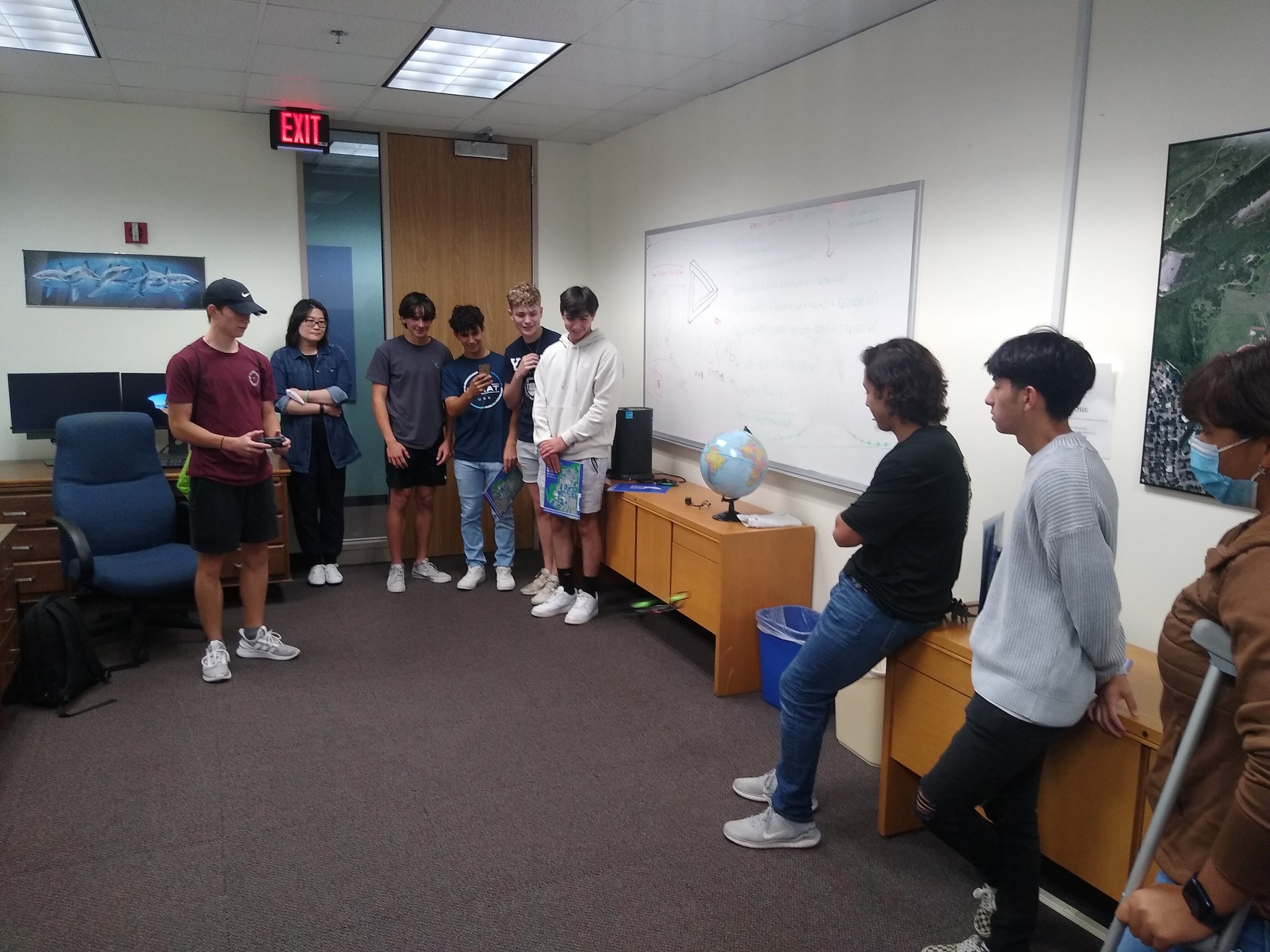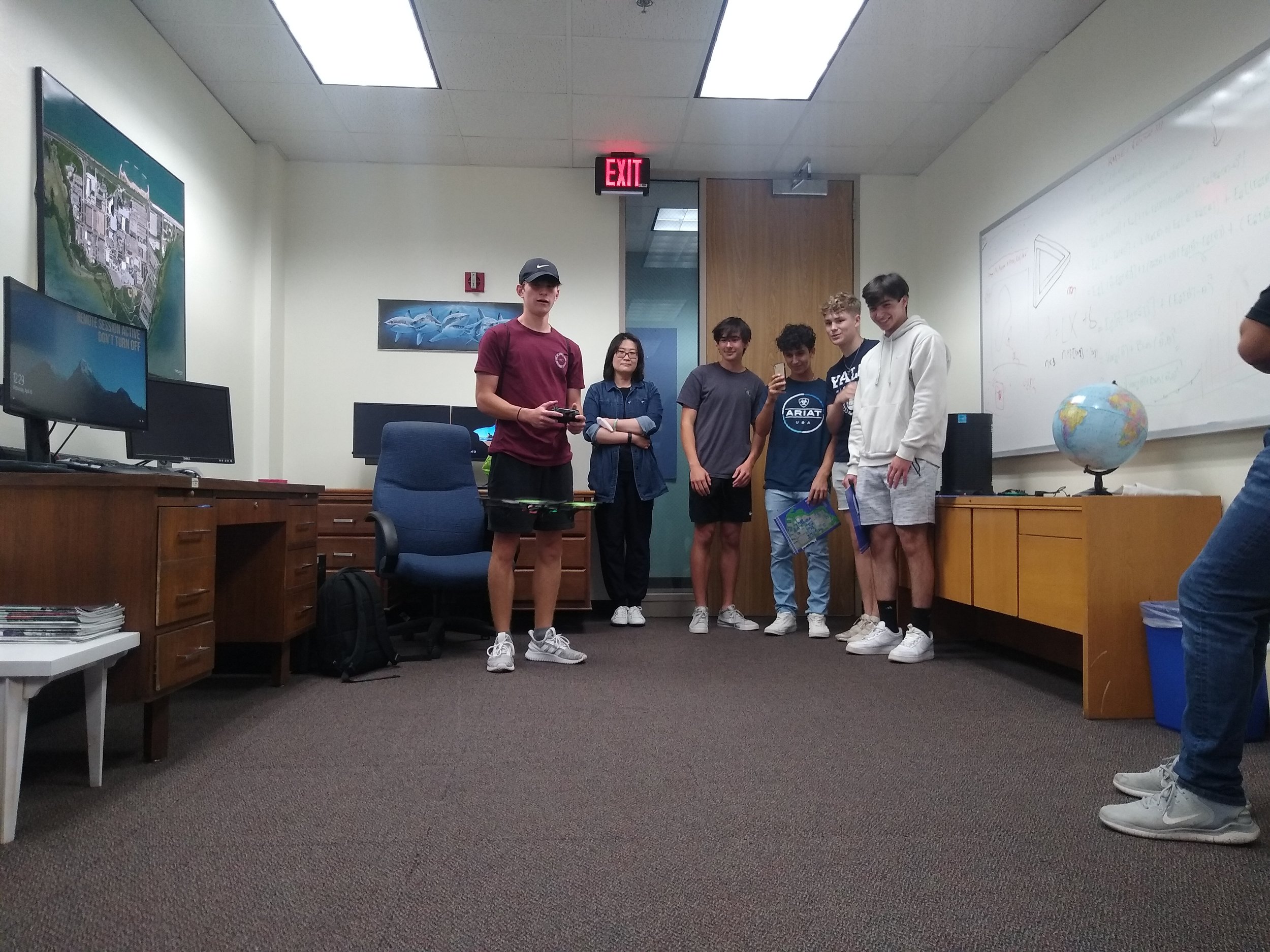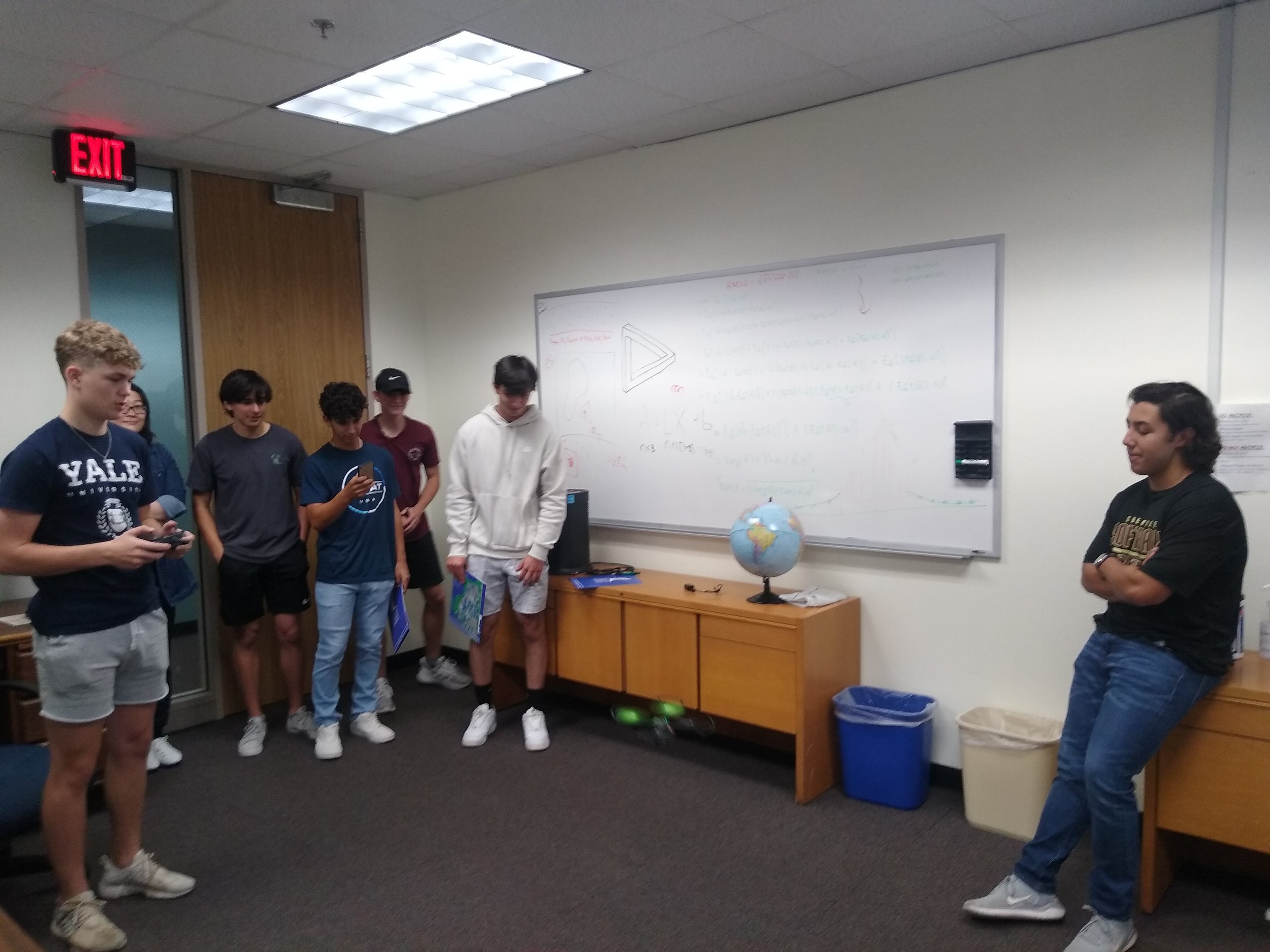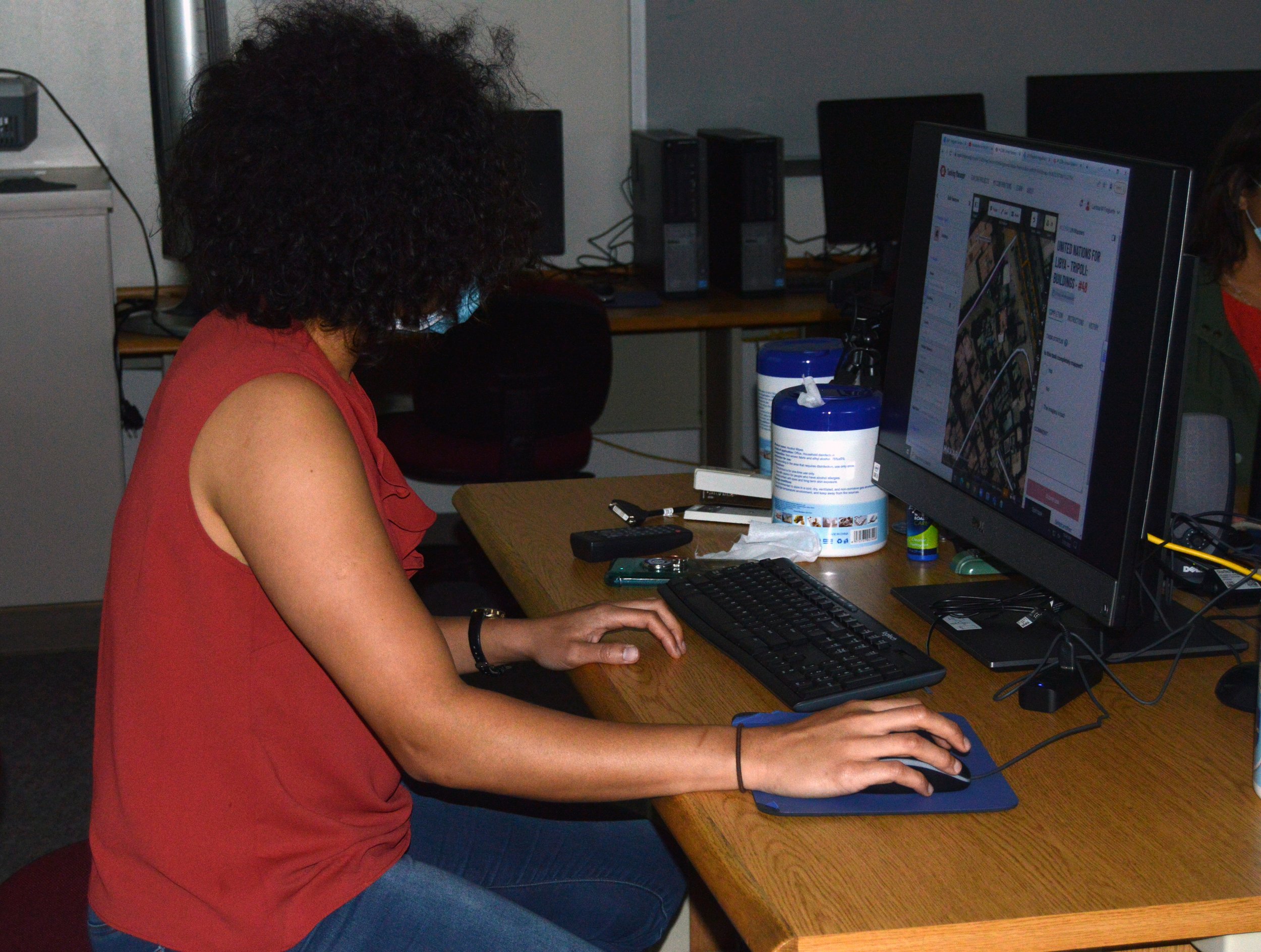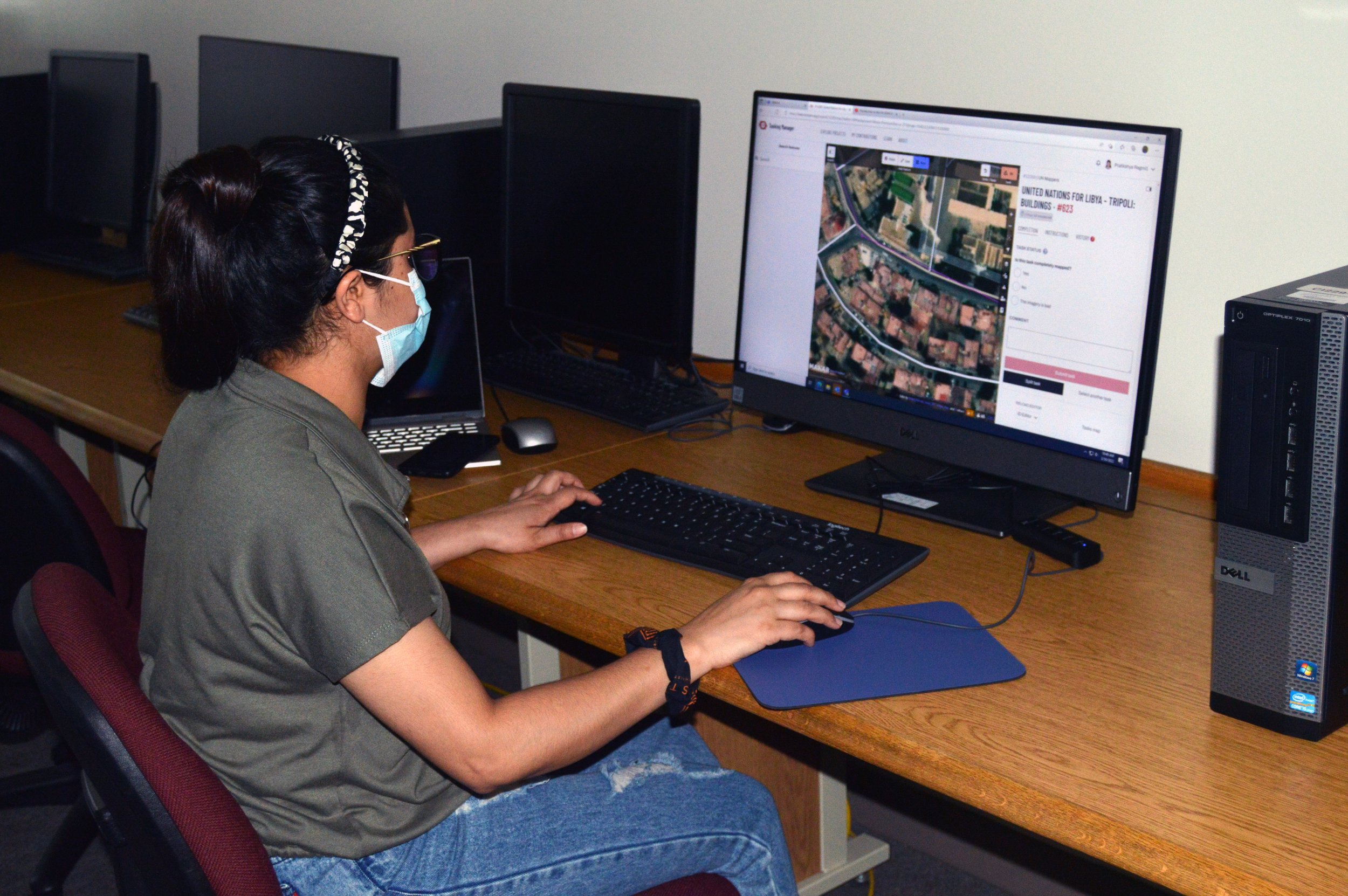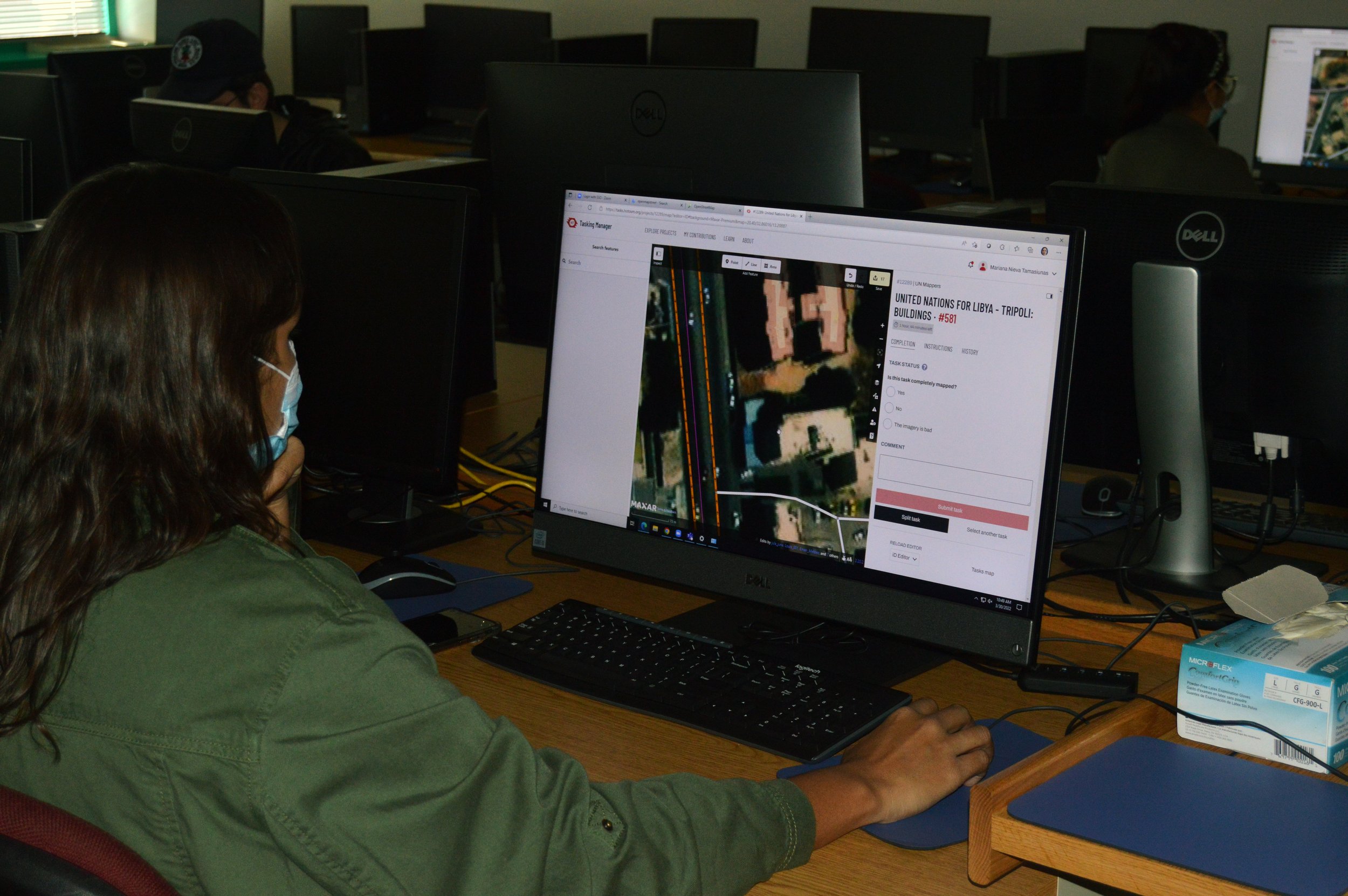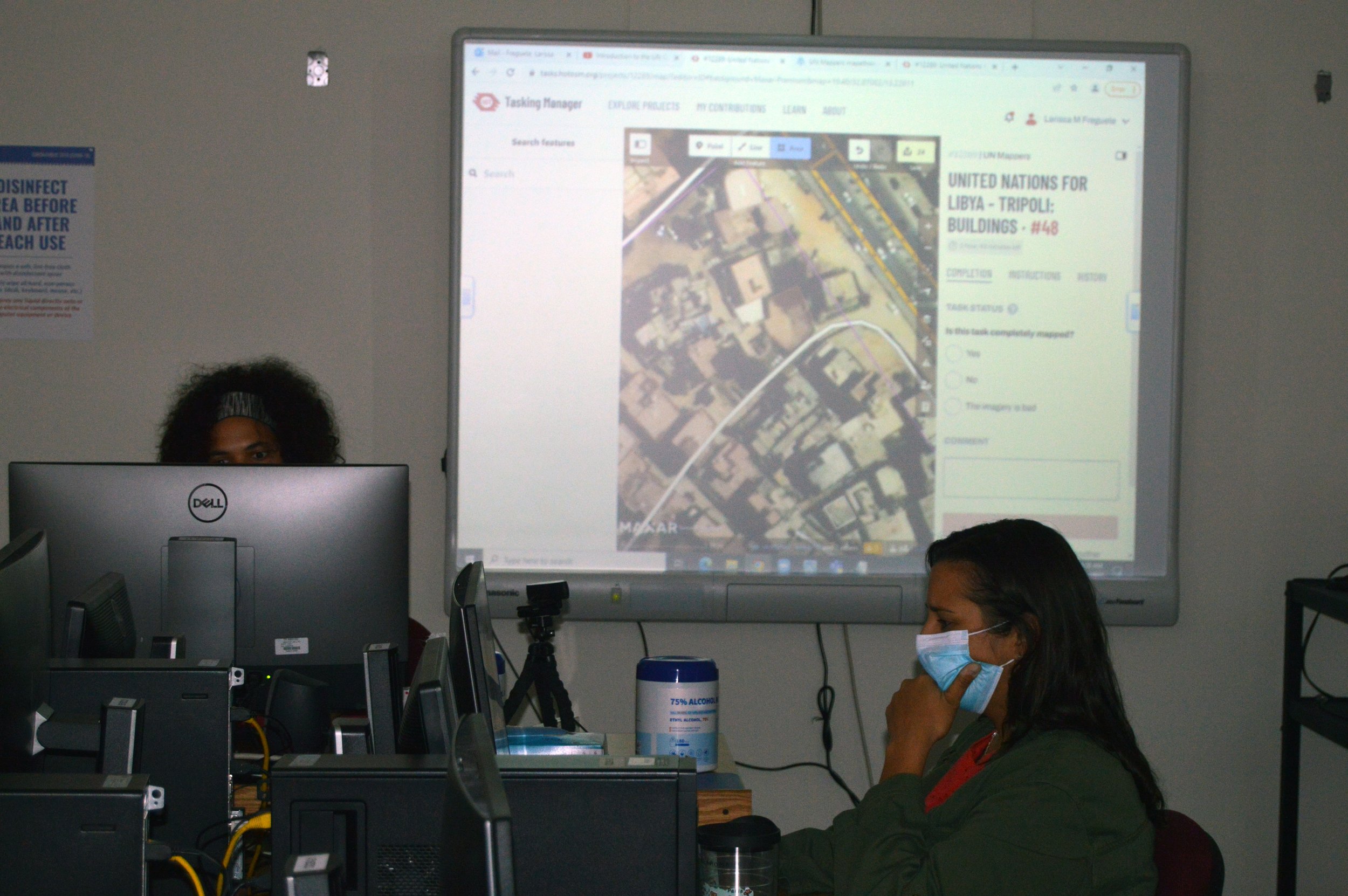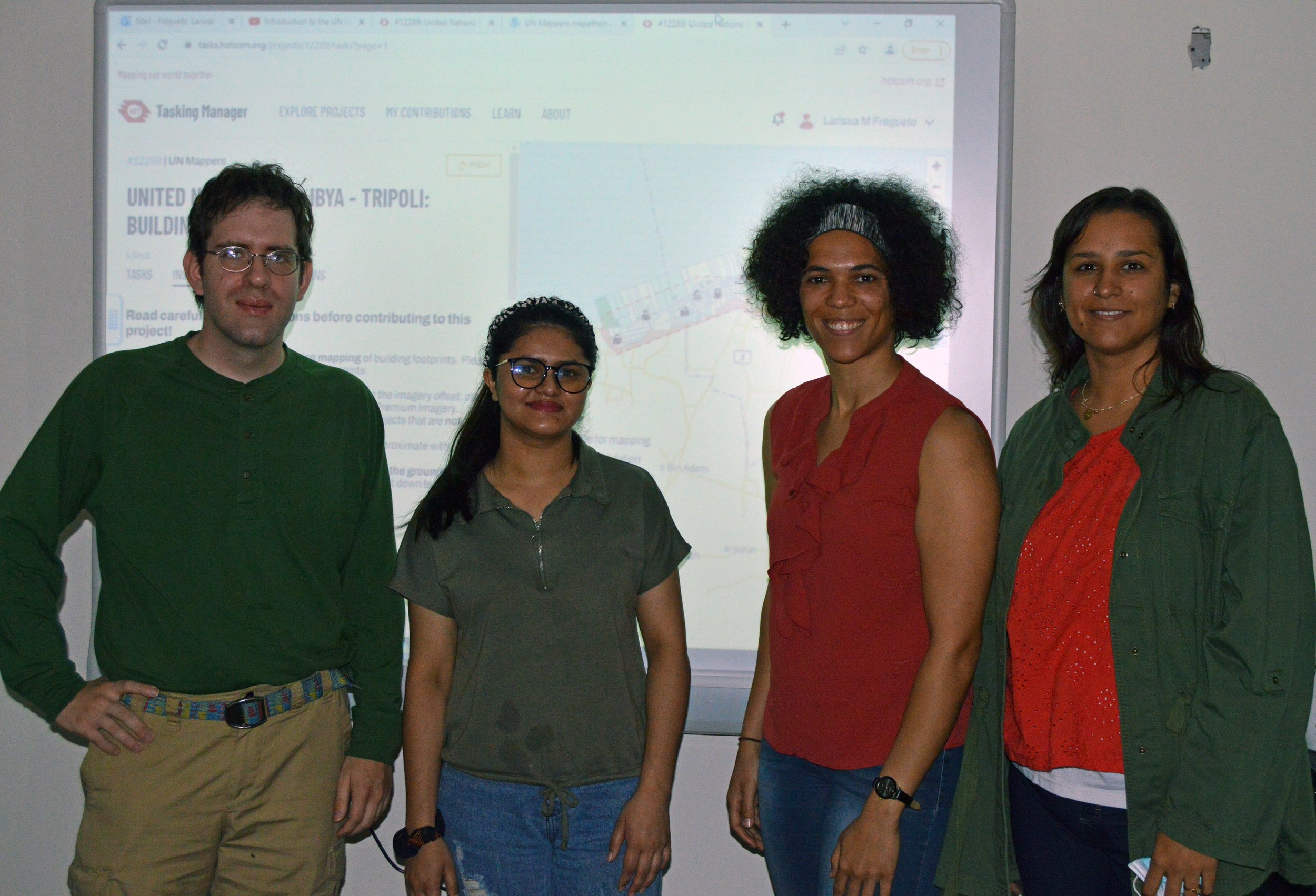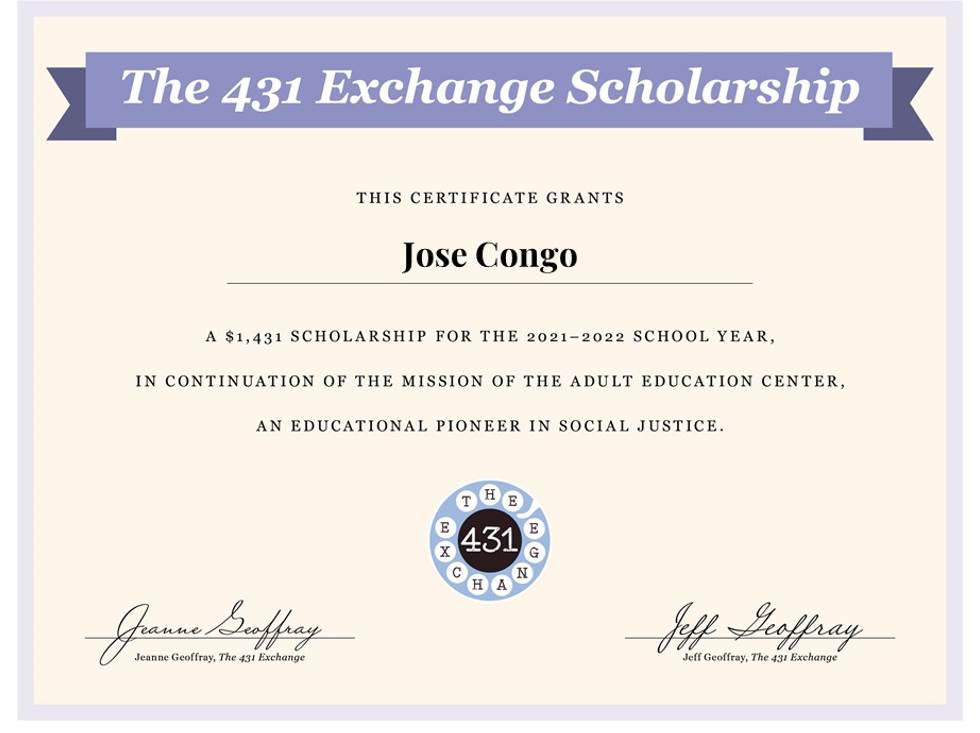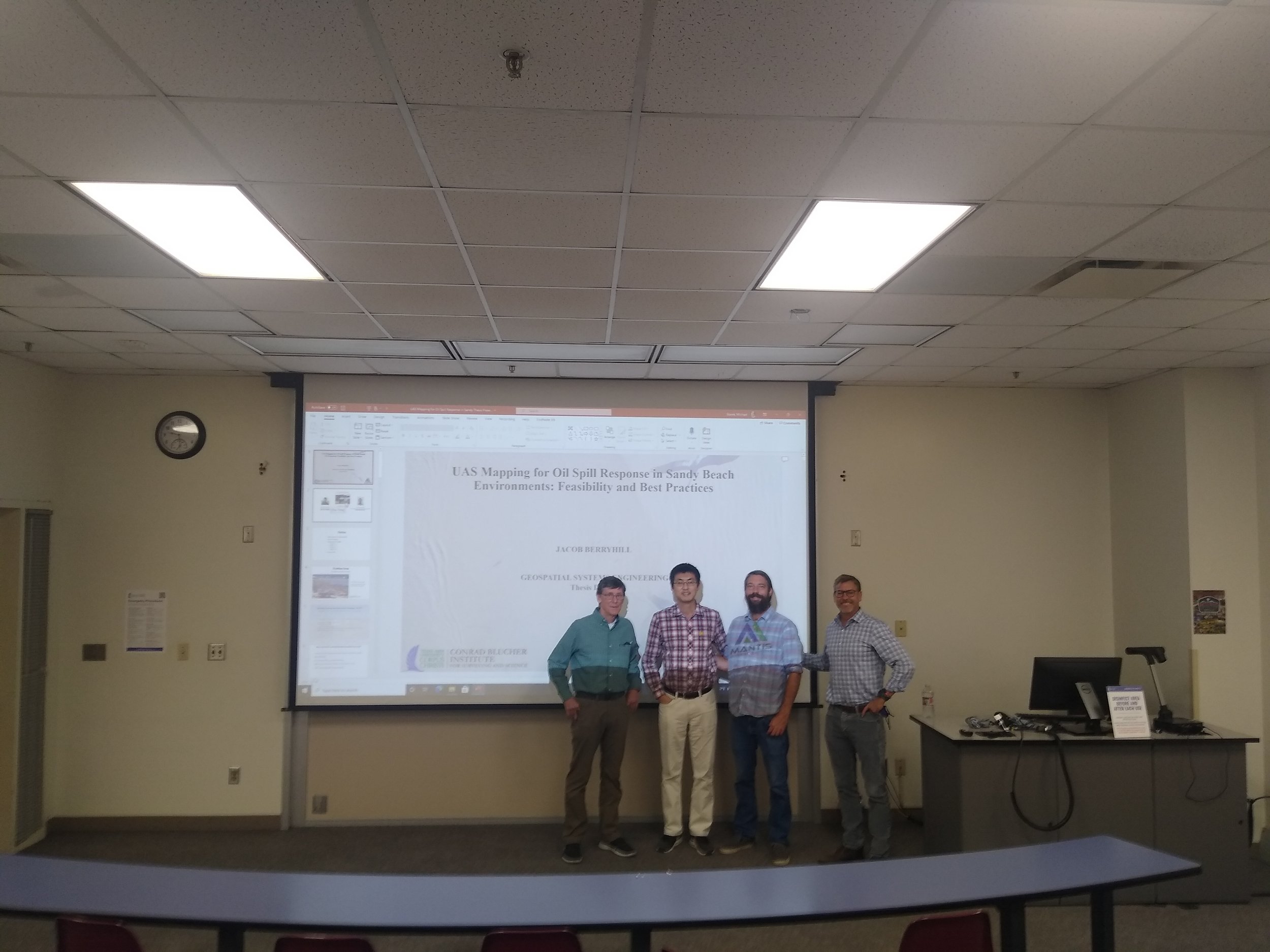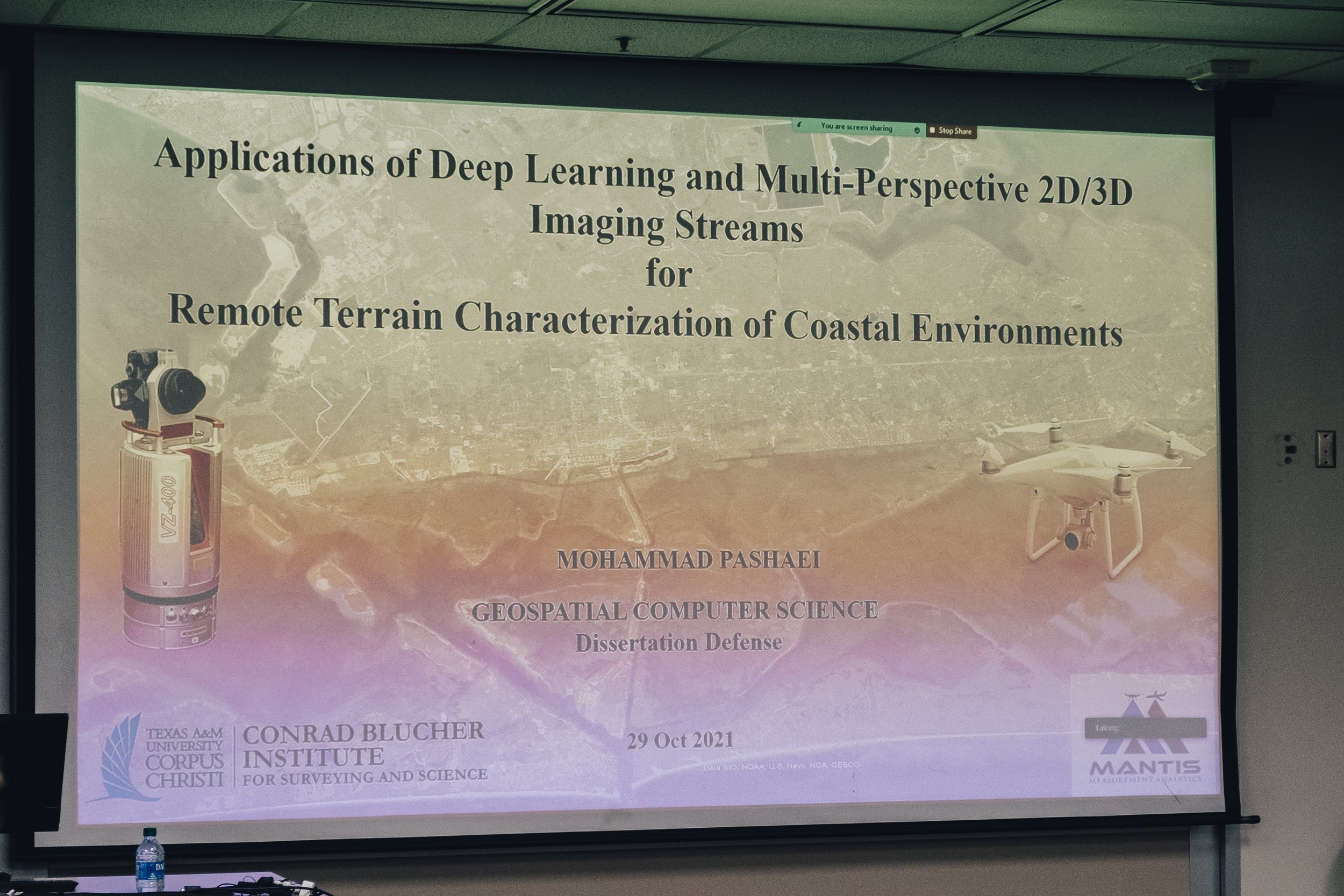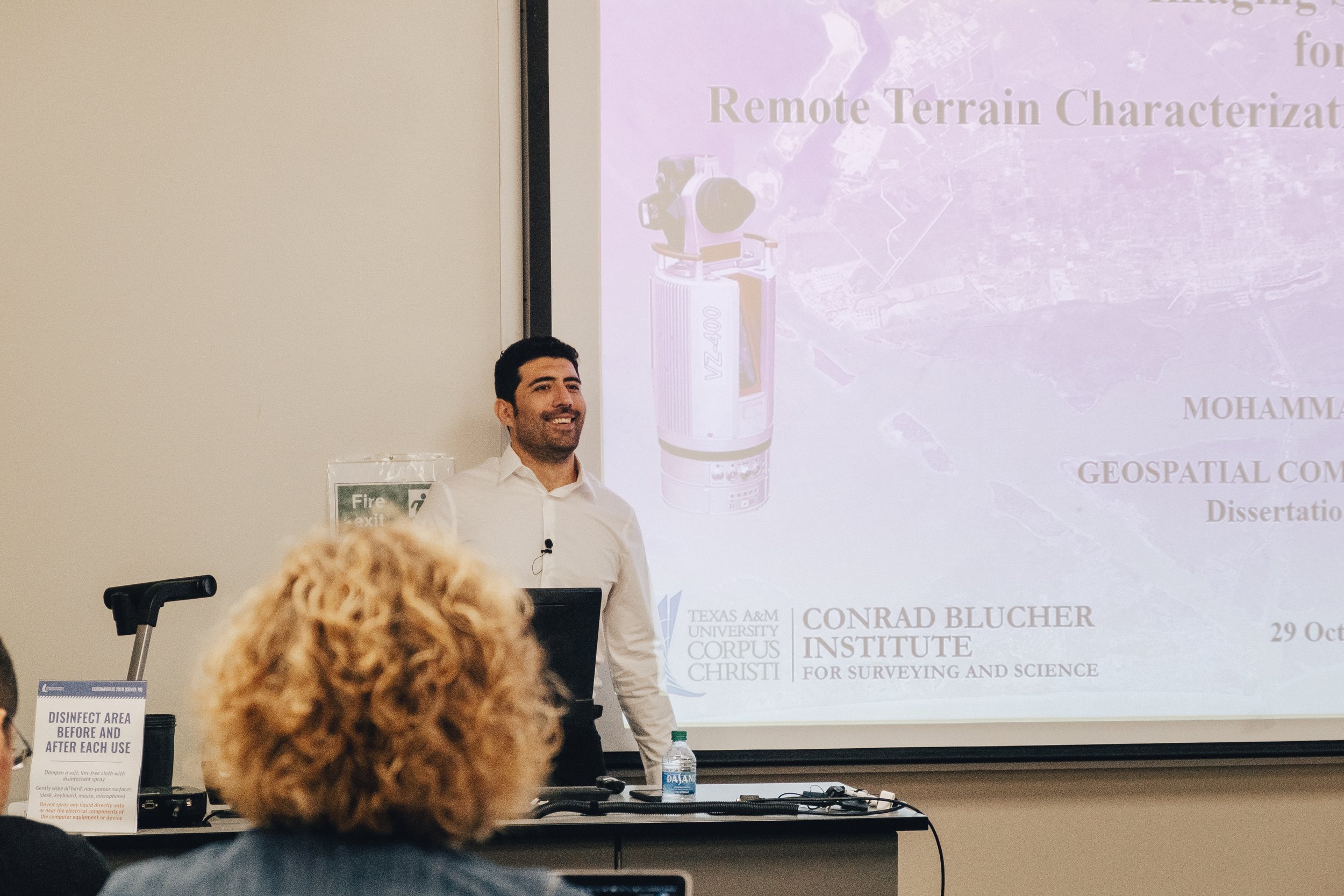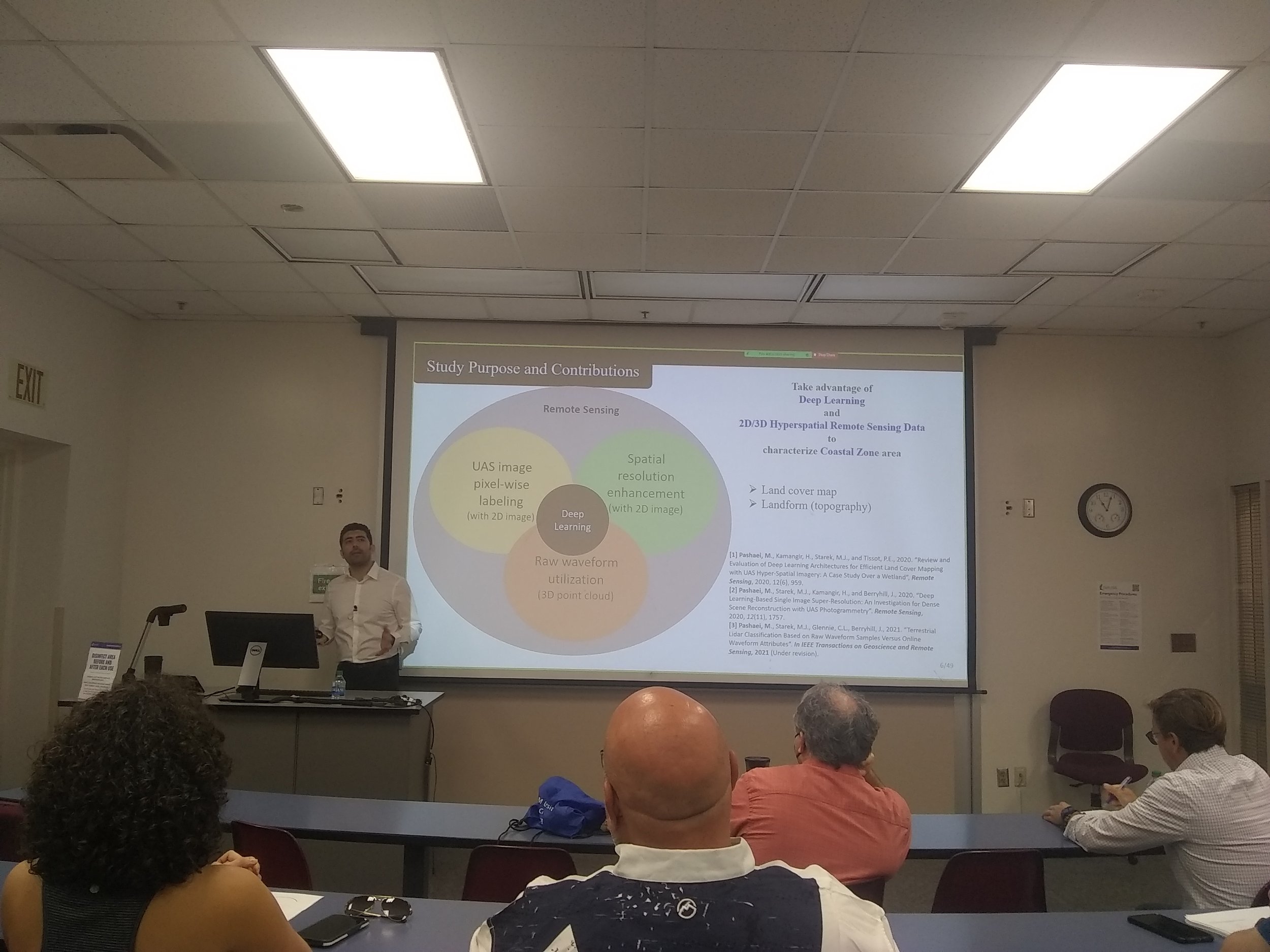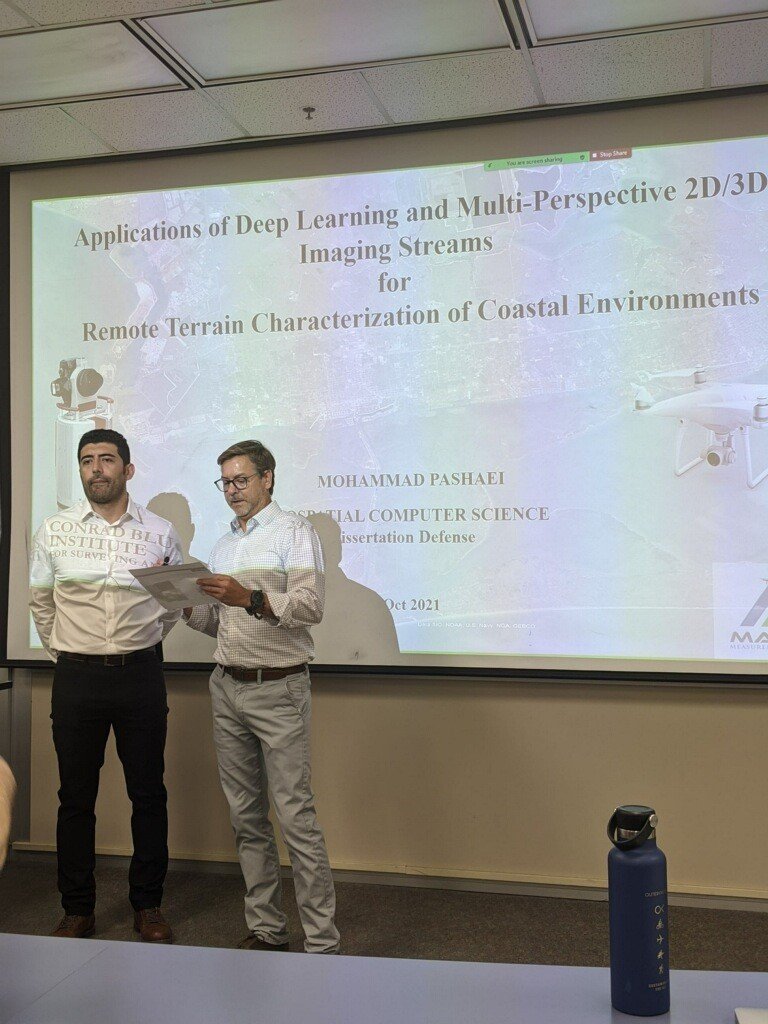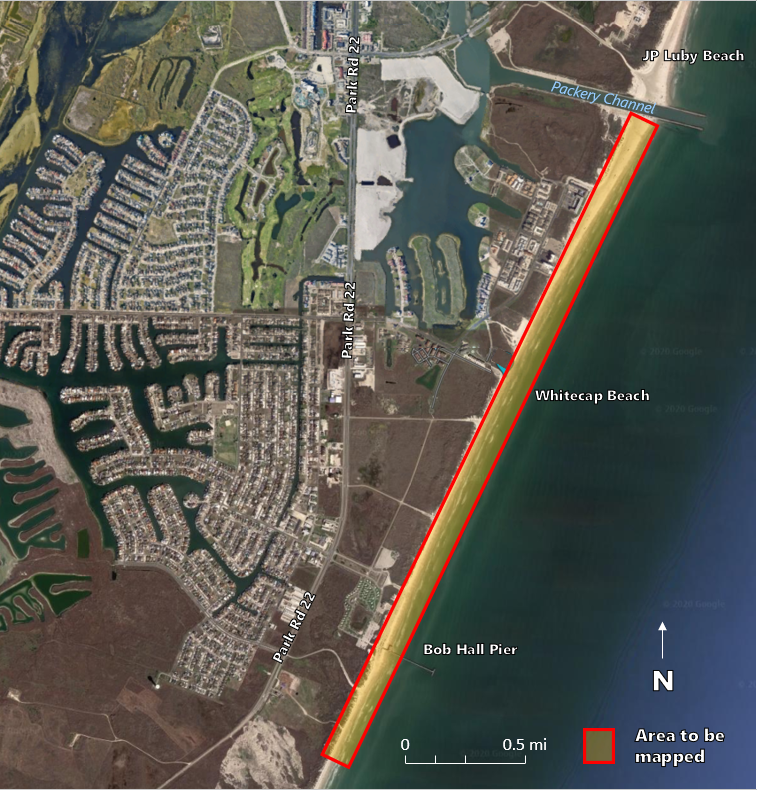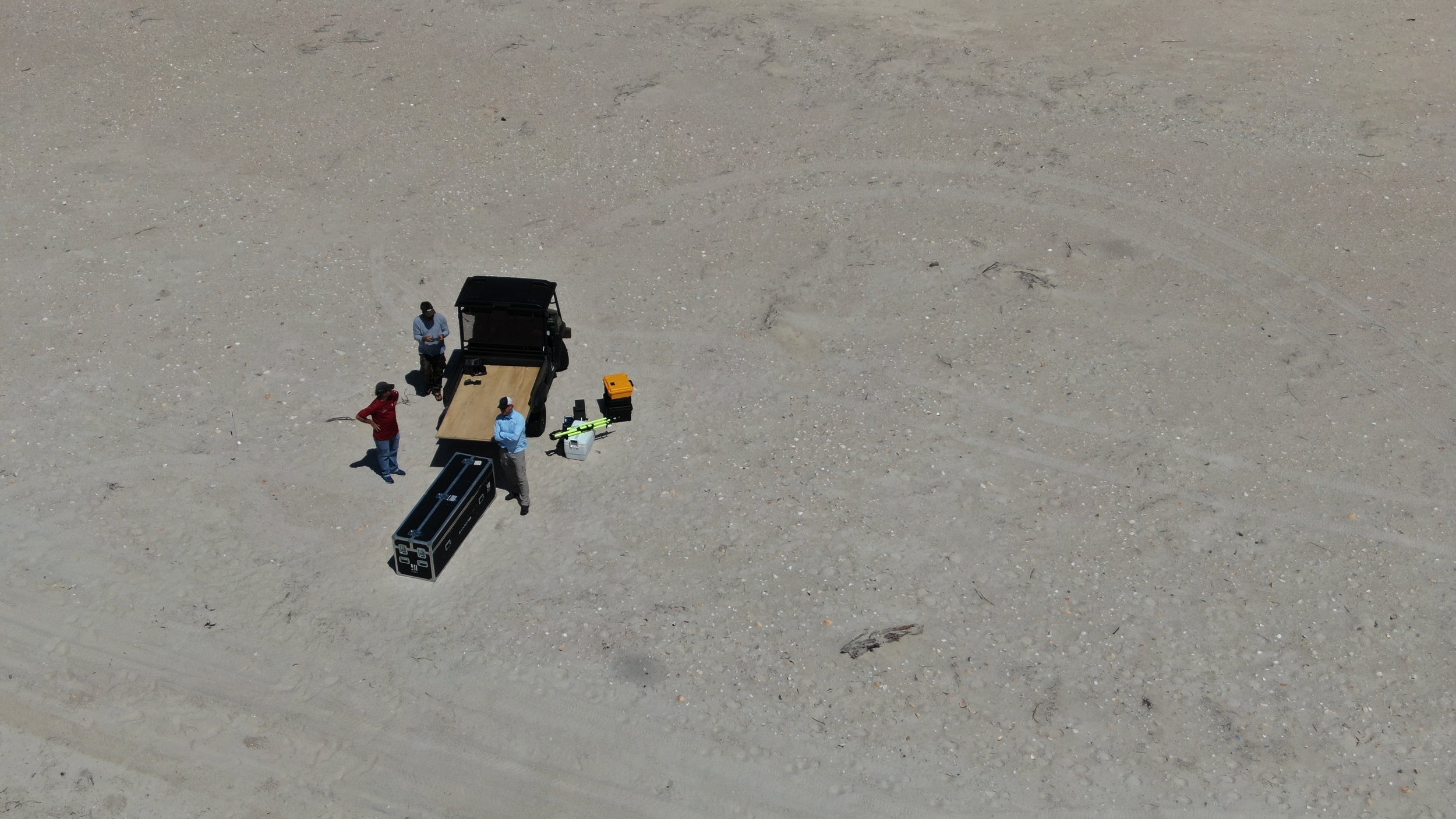Once again, amid the global pandemic, another Mantis student successfully defended a doctoral proposal. Today at 10 am, Mohammad Pashaei, virtually defended his dissertation proposal, Applications of Deep Learning and Multi-Perspective 2D/3D Imaging Streams for Remote Terrain Characterization of Coastal Environments. To learn more, read his abstract below.
Abstract
Recent years have witnessed enormous growth in the application of Unoccupied Aircraft Systems (UASs) equipped with hyper-resolution digital RGB cameras for mapping purposes with much higher accuracy than most traditional airborne and spaceborne technologies. UAS has the potential to provide geospatial data in raw image format instantaneously and inexpensively at local geographic scales. Large number of raw UAS images are later processed within a dedicated photogrammetry software. By applying Structure-from-Motion (SfM) photogrammetry on raw images, the software generates a very dense point cloud which represents the Earth’s surface using individual 3D points. Other geospatial products such as digital surface model (DSM) and orthomosaic image may later be generated.
Furthermore, over the last decade, there has been a proliferation of commercially available light detection and ranging (lidar) systems, such as Terrestrial Laser Scanning (TLS), to directly measure precise distance to the object and its reflectance. TLS systems have been well-received in the geomatics engineering community because of their ability to collect large amount of data in discretized, highly accurate and precise 3D points format in a very short time without further processing, leading to a dramatic reduction in costs and faster local scale survey. Although it offers very high accurate 3D surface models, especially where other RS techniques may fail, such as very complex, inaccessible, and hazardous objects or areas, TLS suffers from occlusions which is highly probable in vegetated area.
In this research, a wetland environment, called Mustang Island Wetland Observatory, located on a barrier island along the southern portion of the Texas Gulf Coast, USA, is considered as the experimental field for wetland mapping and land cover classification task. UAS hyperspatial images (with cm to sub-cm ground sampling distance (GSD)) and lidar data (with sub-cm range accuracy) using a full-waveform TLS system are acquired over the wetland area to feed into algorithms which are developed for mapping and classification tasks. Additional experiments take place at other structurally complex coastal environments in the region that include a mixture of natural terrain and built features.
Land cover classification can be a very challenging task due to the spectral and spatial complexity of the study area. Specifically, for complex coastal wetlands, where targets show high inter-class similarities and intra-class variabilities in imagery, designing accurate and efficient features for traditional statistical and Machine Learning (ML) approaches may not be a simple task. Furthermore, radiometric distortions, boundary uncertainties among natural targets, and huge computational redundancies adds to the complexity of the problem. For land cover classification using hyperspatial UAS imagery, Deep Convolutional Neural Networks (DCNNs) approach, which has already shown the superiority of Deep Learning (DL) framework in many image analysis tasks, is proposed here. Our experiment examines different DCNN architectures and introduces the most efficient networks suitable for the RS image analysis task. Moreover, image super-resolution technique using DCNNs is recommended to predict high-resolution (HR) UAS images from corresponding low-resolution (LR) images. Spatial resolution enhancement of UAS images in combination with some level of noise reduction in resulting super-resolved (SR) image set leads to a significantly denser point cloud w.r.t LR image set with less uncertainty in SfM photogrammetry procedure. Finally, the potential of full-waveform TLS for accurate 3D modeling of the Earth’s surface and classifying ground and above ground targets is investigated by accurate analysis of the backscattered (BS) waveform within DL framework and examining its properties.




